Terence McKenna, famous American philosopher, ethnobotanist (one who studies a region’s plants and their practical uses through the traditional knowledge of local culture and people), and author once stated, “Nature loves courage. You make the commitment and nature will respond to that commitment by removing impossible obstacles. Dream the impossible dream and the world will not grind you under, it will lift you up.”
Having participated in many wilderness survival courses during my time in the Boy Scouts, as well as the US military, what really stands out to me in this quote is: “If you’re committed to nature, its study, and respect, nature has a way of taking care of you.” I genuinely believe this.
From a “survival” standpoint, being down on your luck can have a positive impact on your overall survivability when faced with a worst-case scenario — for example, being stranded in an isolated position with limited equipment and resources. This article is designed to increase your overall knowledge of wild edible plants and, in turn, increase your overall odds of survival.
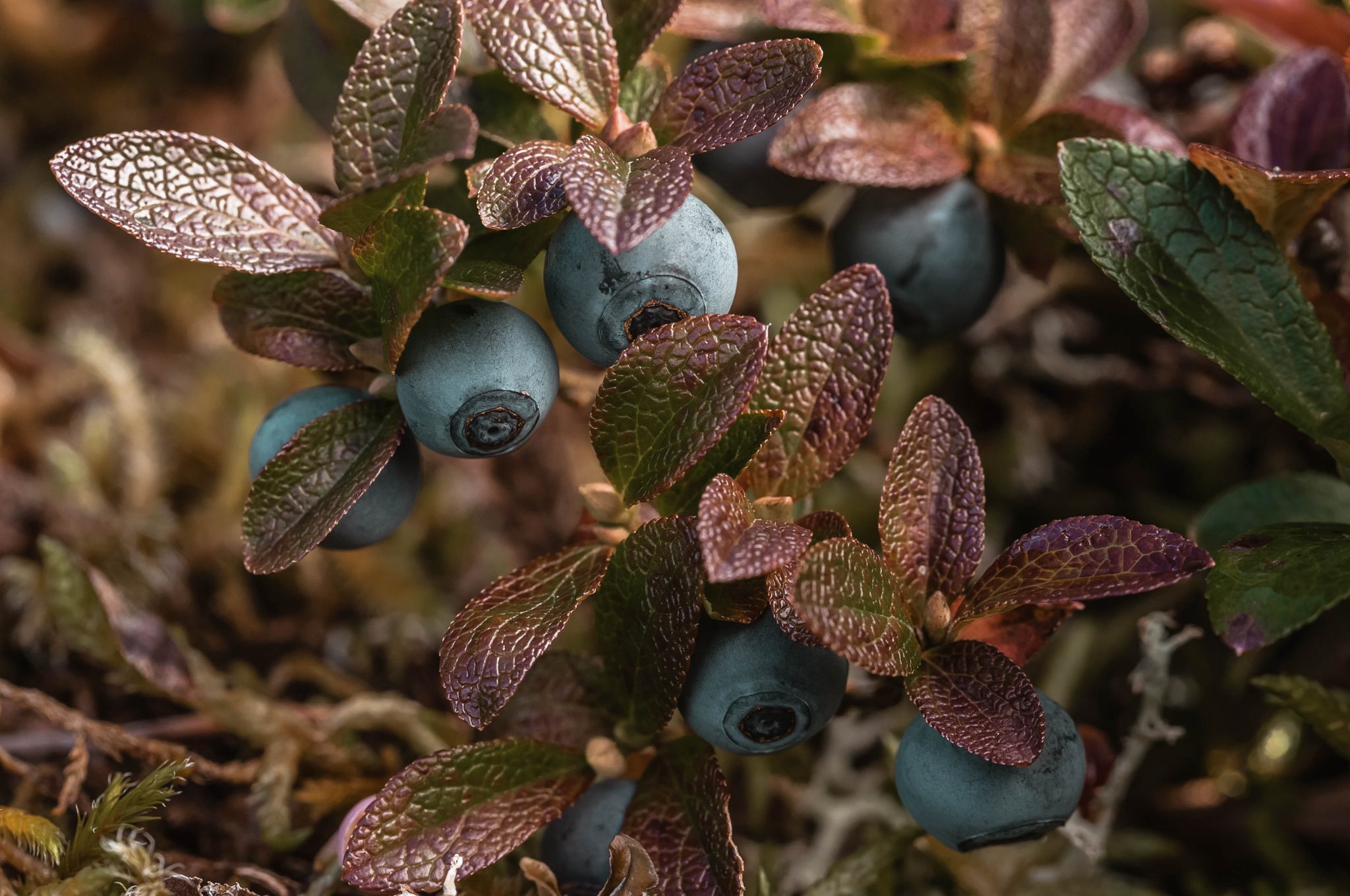
Throughout humanity’s time on earth, we have successfully evolved from living in the wild to living in a more, for lack of a better word, “chill” environment. Reestablishing nature in our lives in regard to survivability allows us to reestablish the meaning of being “brilliant at the basics.” It also allows us to thrive during moments of peril.
To accomplish this, before learning which plants may be consumed in the wild, it’s important to understand foraging rules and ethics, equipment, safety, and how to test for allergic reactions.
RELATED – Survival Garden 101: Why You Need to Plan Before Planting
The Rule of Three
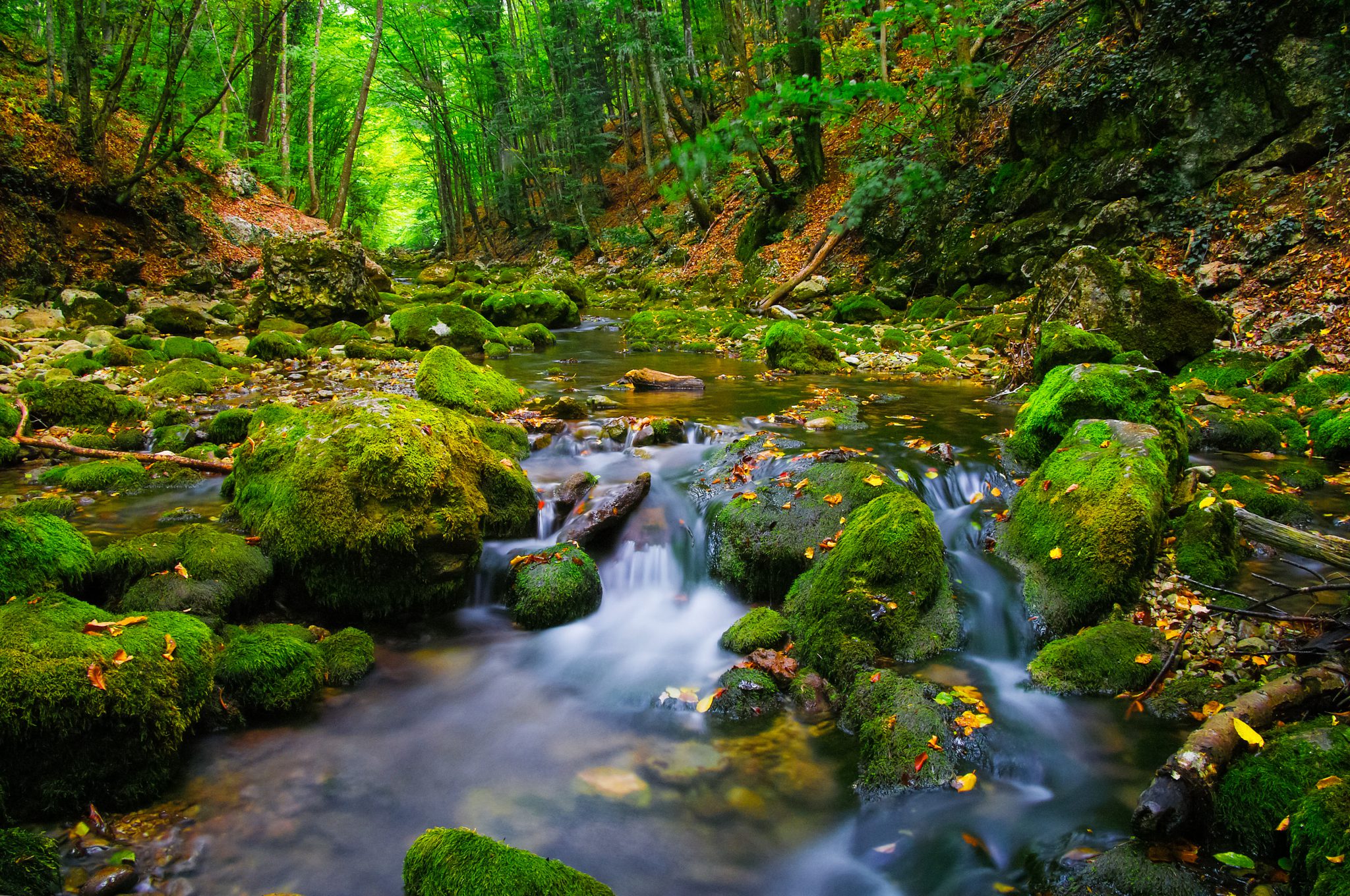
Throughout my time studying survival strategy and tactics, I have continuously seen and come to believe in the “rule of three.” If stranded in the wild, use this to build a foundation for your overall survival plan:
- You can survive for three minutes without oxygen or in icy water.
- You can survive for three hours without shelter in a harsh environment (unless in icy water).
- You can survive for three days without water (if sheltered from a harsh environment).
- You can survive for three weeks without food (if you have water and shelter).
The reason I bring up the rule of three is to highlight, in rank order, what is most important in a survival situation. This allows you to prioritize your overall needs and win out against a worst-case scenario.
RELATED – Survival Garden 102: Starting Seeds Indoors
Other Foraging Rules
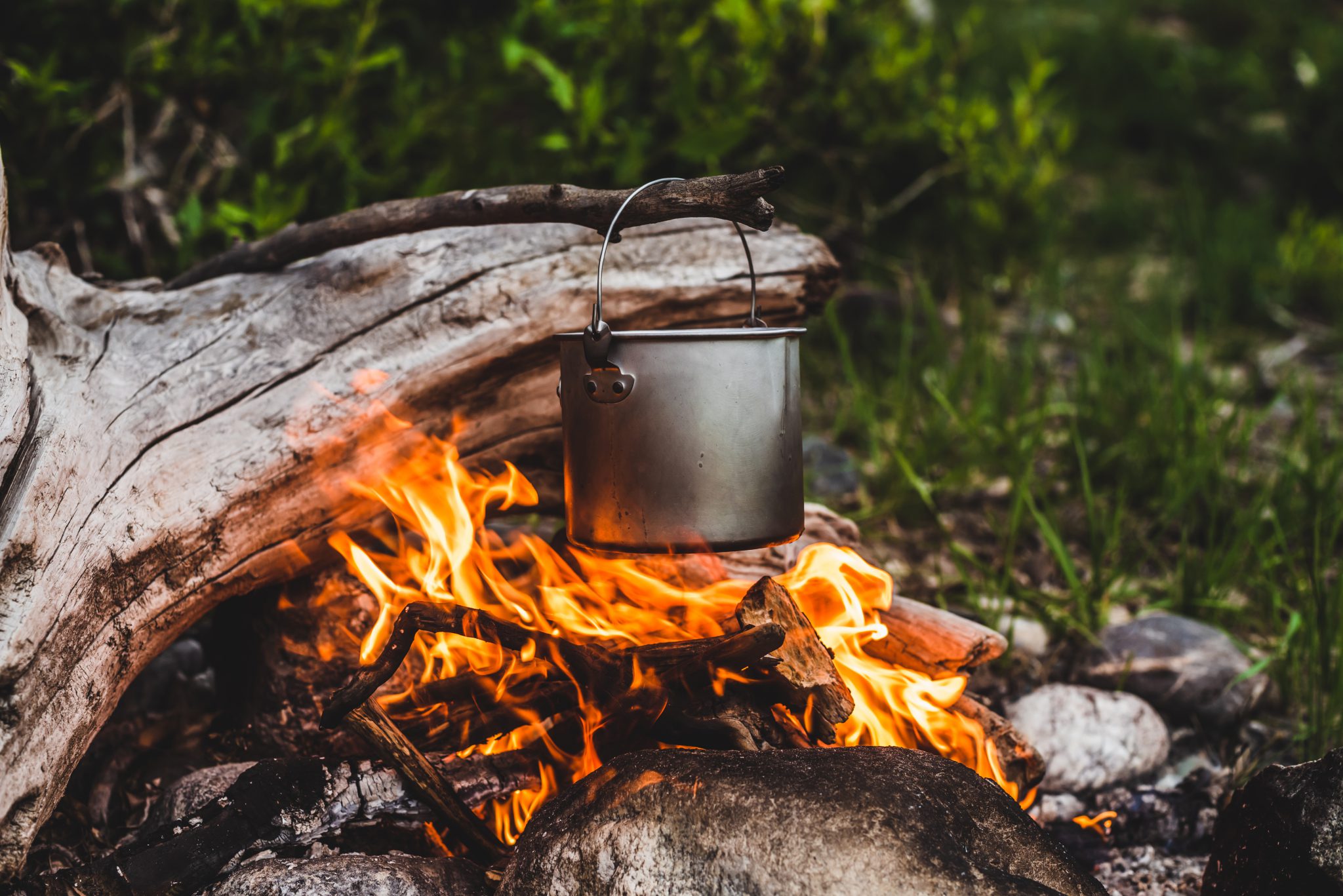
The number one rule to remember when foraging for wild edible plants is to never consume anything unless you are 100% sure the plant you’re consuming is edible and safe. Make sure you study edible plants in your geographic region or area of operation. Also, be sure you are able to visually identify edible plants unaided prior to departure, in case technology fails or is not available.
Make sure to follow the law regarding permission to forage on private and public lands. Additionally, never take more of a plant than needed, unless faced with a life or death situation. Using a pair of scissors or a knife to forage allows plants to heal quicker due to clean cuts.
RELATED – Survival Garden 103: How to Prep Your Soil Before the Season Starts
Foraging Equipment
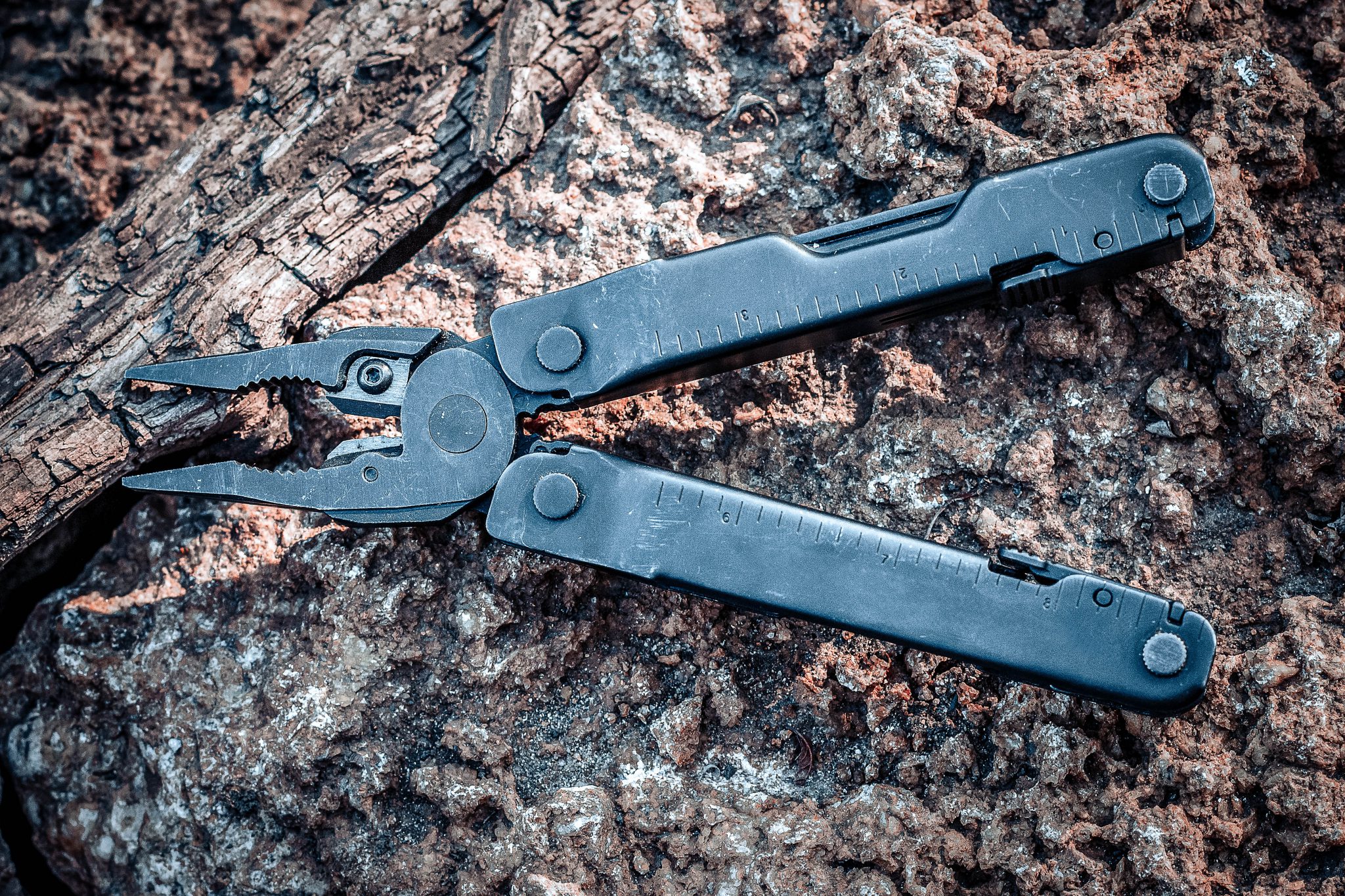
There is some equipment that’s endlessly useful when foraging for edible wild plants. It is never a bad idea to add them to your everyday carry (EDC) because they can be used for a number of different tasks. Some plants have thorns, spikes, and burs, so carrying a pair of gloves and an extra set of clothes that protects your skin can be beneficial.
Also, to make clean cuts on a wild plant (which allows the plant to heal quicker), consider carrying a multitool that has both the knife and scissor option. Additionally, adding a few trash bags to your pack can help in the overall collection of edible wild plants in case you are foraging far from your home, camp, or shelter. Some of the plants you may collect require you to boil them to increase edibility.
There are a few ways you can go about being prepared for the boiling process in the wild. The first option is to add a fire-starting kit to your EDC and a travel-size cooking pot. The second option is to invest in a Jetboil or similar stove. Although a lot of the plants shared in this article can be eaten raw, boiling certain plants takes away the bitterness.
RELATED – Survival Garden 104: Planting Cold Crops
Wild Edible Plant Safety
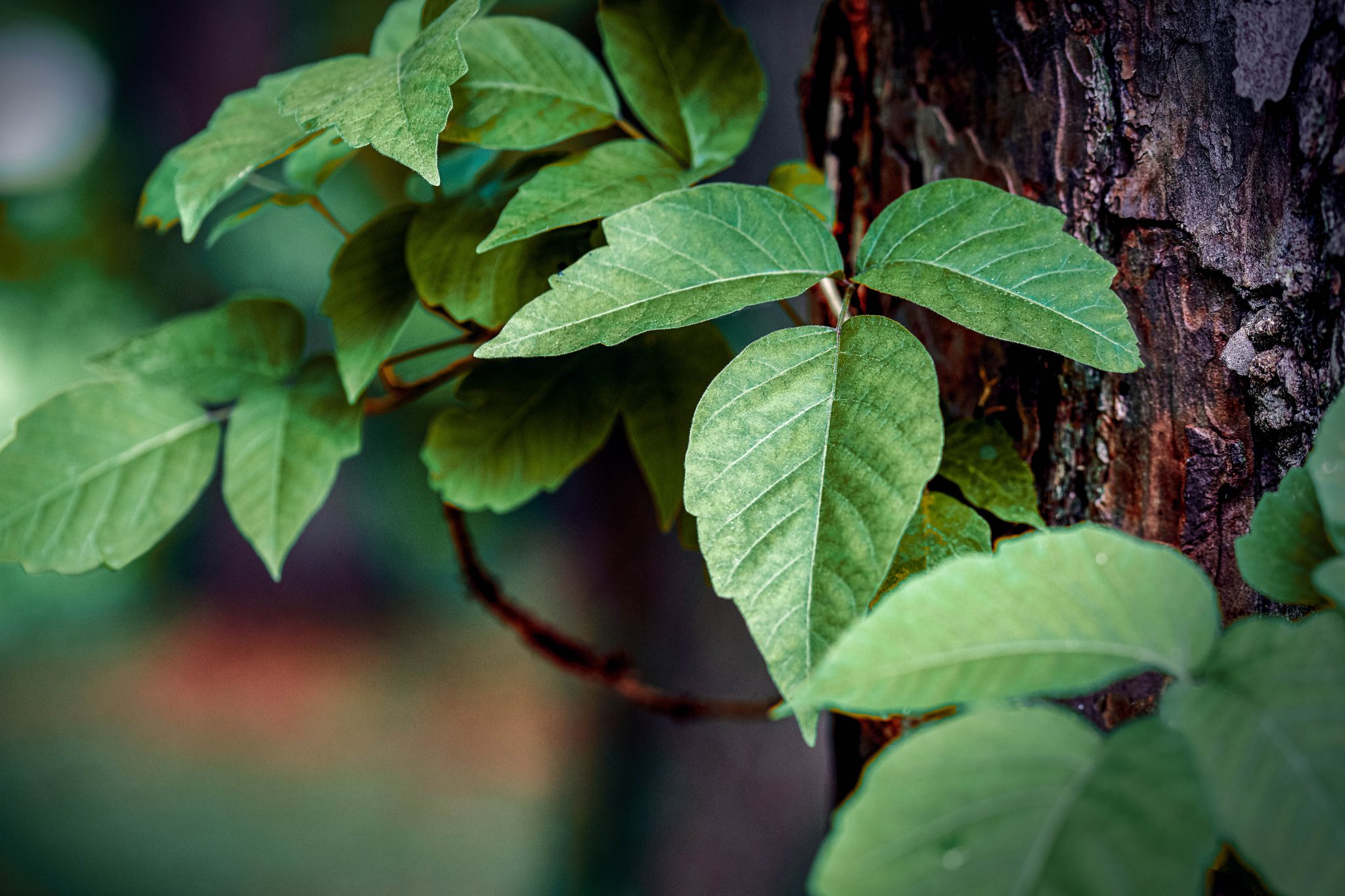
Always maintain your situational awareness when looking for wild edible plants in a survival situation. It is incredibly important to understand wildlife and its habits. Understand which wildlife may become a threat to you and understand the types of food they consume in case you become heavily embedded in that environment and need to bug out at a moment’s notice.
Plants may be unsafe for up to one year if embodied with herbicides and pesticides. Always maintain awareness of the cleanliness of the water in your geographic location — contaminated water leads to contaminated plants.
All that said, here are some common poisonous plants to avoid in the wild:
POISON IVY
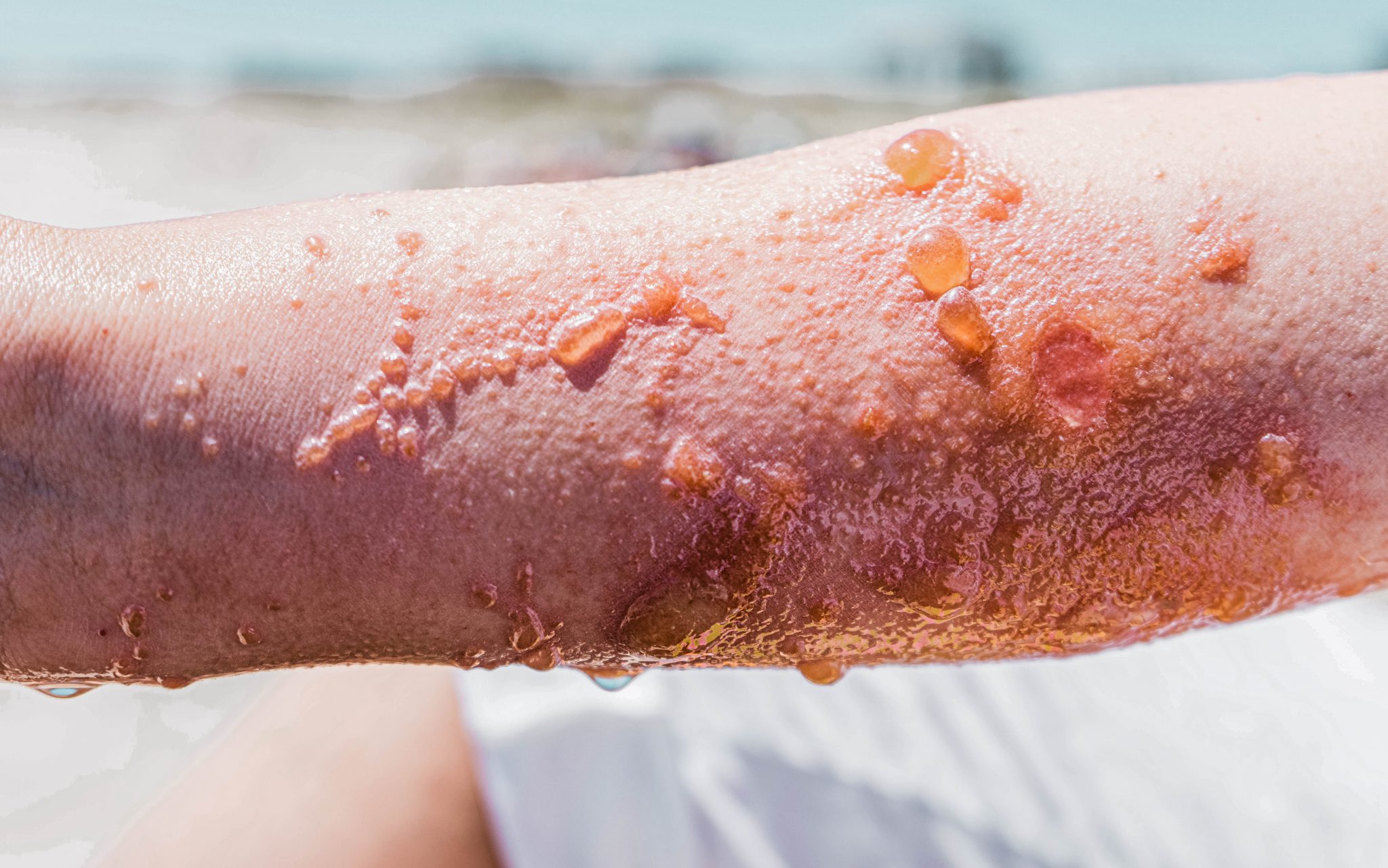
Quite common allergenic flowering plant in North America. It has often been referred to as the “leaves of three,” due to its three identical almond-shaped leaves. Notorious for being hidden in the underbrush, poison ivy can range in color from light green for immature plants to dark green for mature plants, and it may turn red during the fall months. Also, poison ivy contains a toxic chemical known as urushiol, which can cause painful inflammation, or contact dermatitis, to the skin.
Urushiol is an oil that can not only directly affect an individual upon contact, but it can also live on shoes and clothes — affecting someone after contact has been made with the plant. If you do come in contact with poison ivy, be sure to wash yourself and your clothes immediately and seek medical care if symptoms progressively worsen.
POISON OAK

Quite common in North America, and like poison ivy, it contains urushiol, which can cause contact dermatitis. Poison oak peak flowering usually occurs in May and can be found in diverse leaf forests. The leaves, like poison ivy, are divided into three but may appear in leaves of five, seven, or nine. Poison oak resembles the same leaves as true oak but they are glossier. The leaf color ranges from bronze in the winter, yellowish-green in the spring, red in the summer, and bright red or pink toward fall.
RELATED – Survival Garden 105: How to Plant a Garden
TESTING FOR ALLERGIC REACTION
It’s important to remember, that while some plants may be edible to some, they may not be edible to all. It is paramount to know if you have an allergic reaction to certain wild plants because it can quickly turn a bad situation even worse (potential death).
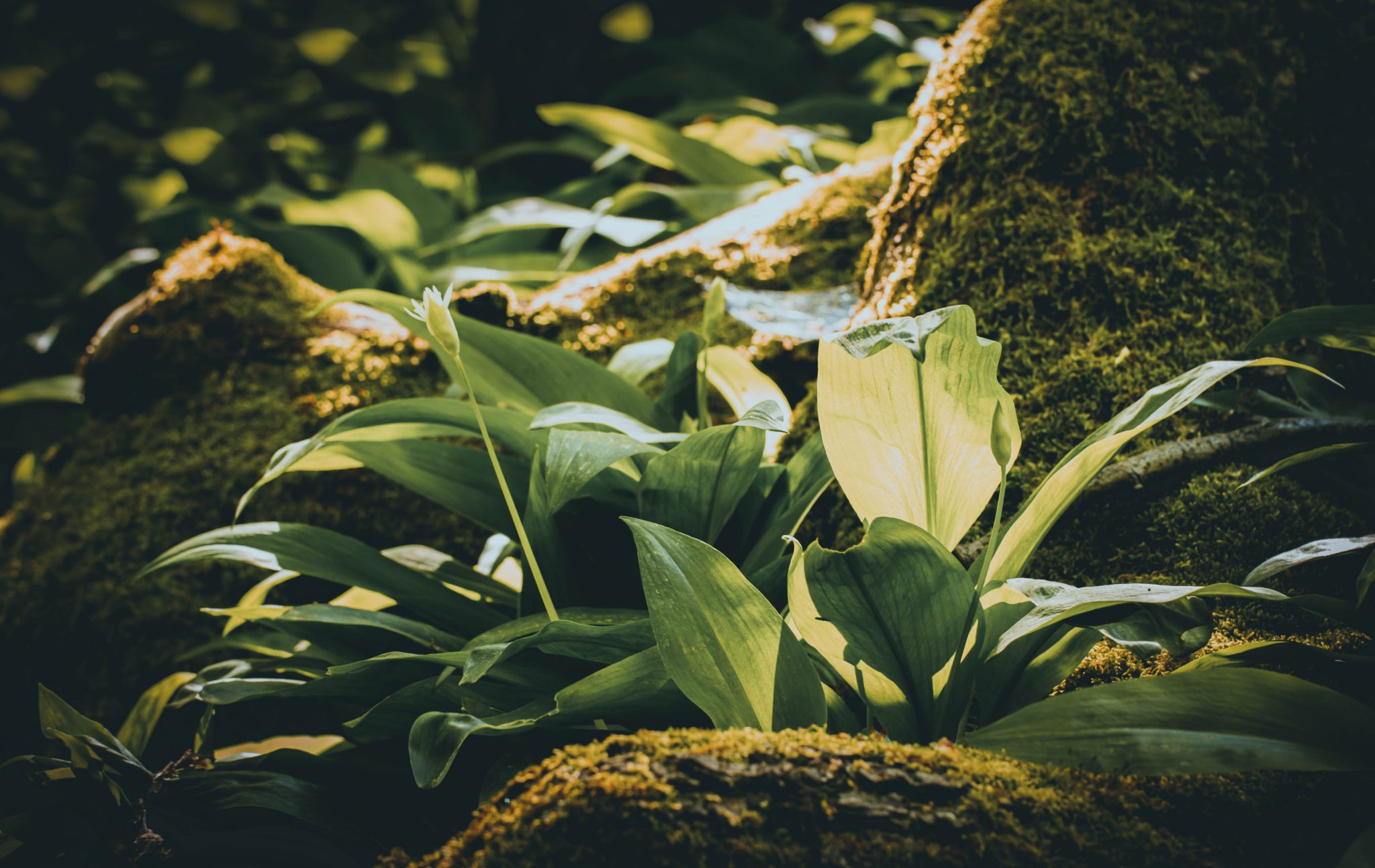
However, there are some steps you should take to minimize the risk of an allergic reaction. This test should be conducted every time you consume wild edible plants — even if you know you are not allergic to a certain plant because you may not know if the plant has been altered with toxins in the soil or in or on the plant. Here is a list of the Universal Edibility Test, which can be found in U.S. Army Field Manual (FM) 3-05.70:
- Test only one part of the potential food plant at a time.
- Separate the plant into its basic components — leaves, stems, roots, buds, and flowers.
- Smell the food for strong or acid odors. Remember, smell alone does not indicate whether a plant is edible or inedible.
- Do not eat for eight hours before starting the test.
- During the eight hours you abstain from eating, test for contact poisoning by placing a piece of the plant part you are testing on the inside of your elbow or wrist. Usually, 15 minutes is enough time to allow for a reaction.
- During the following test period, take nothing by mouth except purified water and the plant part you are testing.
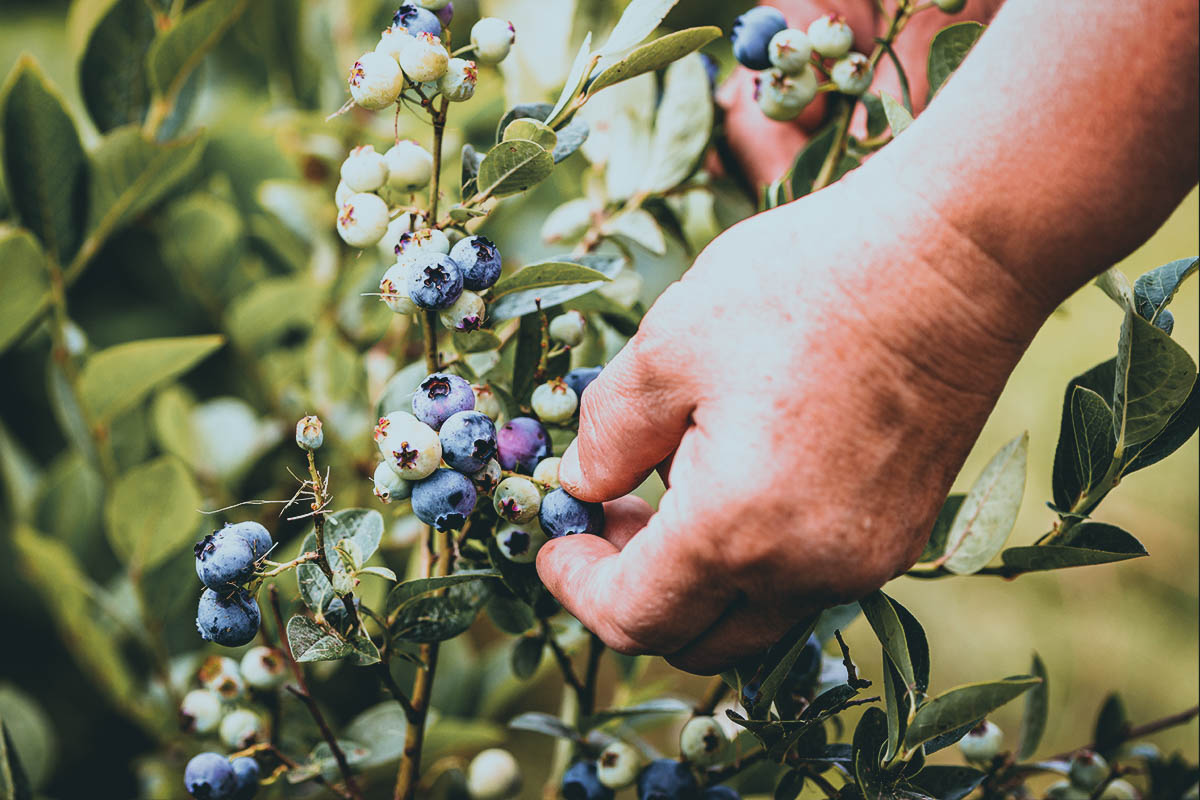
- Select a small portion of a single part and prepare it the way you plan to eat it.
- Before placing the prepared plant part in your mouth, touch a small portion (a pinch) to the outer surface of your lip to test for burning or itching.
- If after three minutes there is no reaction to your lip, place the plant part on your tongue, holding it there for 15 minutes.
- If there is no reaction, thoroughly chew a pinch and hold it in your mouth for 15 minutes. Do not swallow.
- If no burning, itching, numbing, stinging, or other irritation occurs during the 15 minutes, swallow the food.
- Wait eight hours, if any ill effects occur during this period, induce vomiting, and drink a lot of water.
- If no ill effects occur, eat a quarter cup of the same plant part prepared the same way. Wait another eight hours. If no ill effects occur, the plant part as prepared is safe for eating.
The information covered so far can act as a sound foundation for your overall level of preparedness regarding wild edible plants. However, I encourage you to continuously research the topic to adapt your plan to your environment, as well as stay up-to-date with scientific research, technology, and thought regarding the subject. Now we can go a little more in-depth on the wild edible plants out there.
RELATED – Survival Garden 106: The Gardener’s Weekly Checklist
Wild Edible Plants
AMARANTH
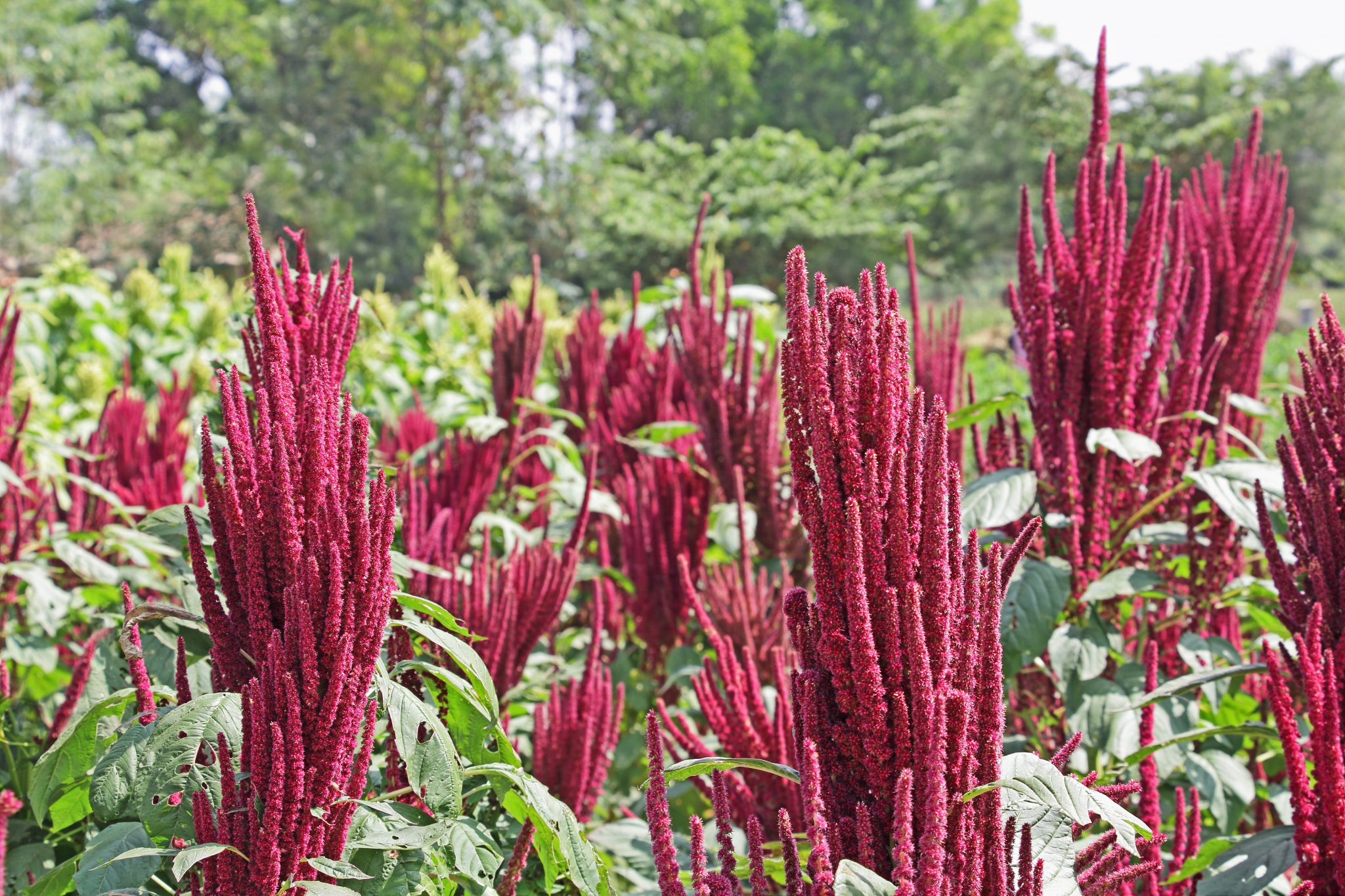
Also known as “pigweed,” has edible seeds and young leaves. Amaranth is highly nutritious, and it can be identified by its highly distinctive veins and oval/diamond-shaped leaves. Amaranth can usually be found throughout North America around disturbed earth and cleared land.
To harvest, cut the young leaves away from the plant top, and if the seed heads are brown, you can collect thousands of seeds to consume. The entire plant may be eaten raw; however, it is recommended the leaves be boiled due to the nitrates they can hold.
ARROWHEAD
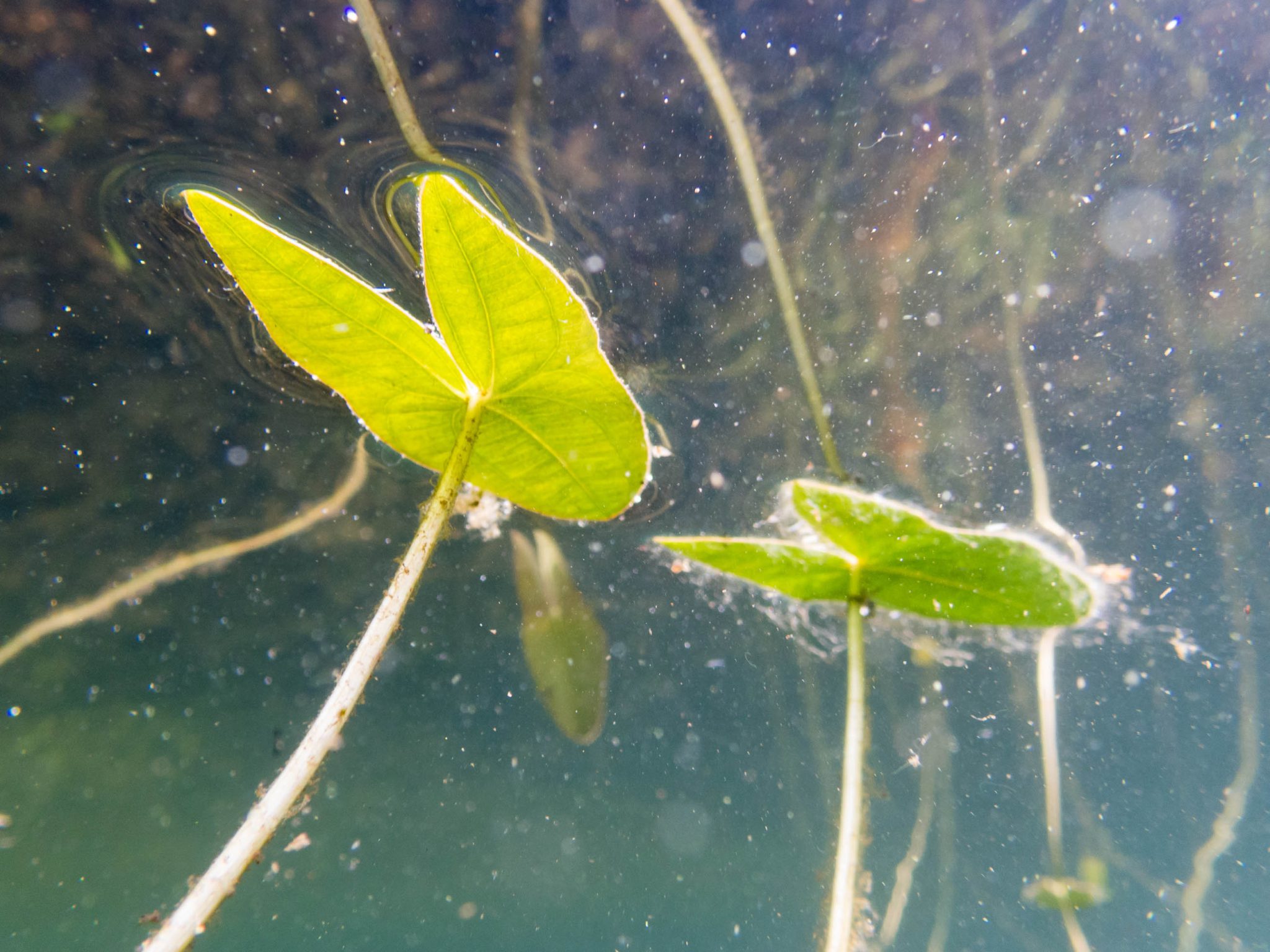
An edible plant that grows in shallow and freshwater areas throughout North America. This plant is composed of leaves, stocks, and tubers, which grow below ground and are composed of starch — a great source of carbohydrates-storing tissue. They represent the resting stage of various plants and enable overwintering in many plant species.
In the late fall or early spring, disturbing the aquatic mud in which this plant grows will cause the small tubers to float to the surface. You can eat the tubers — just be sure to remove the outer skin and boil them before consumption. The stalk and leaves can also be eaten, but they should be boiled as well.
RELATED – Survival Garden 107: Dealing With Pests
BALSAMROOT
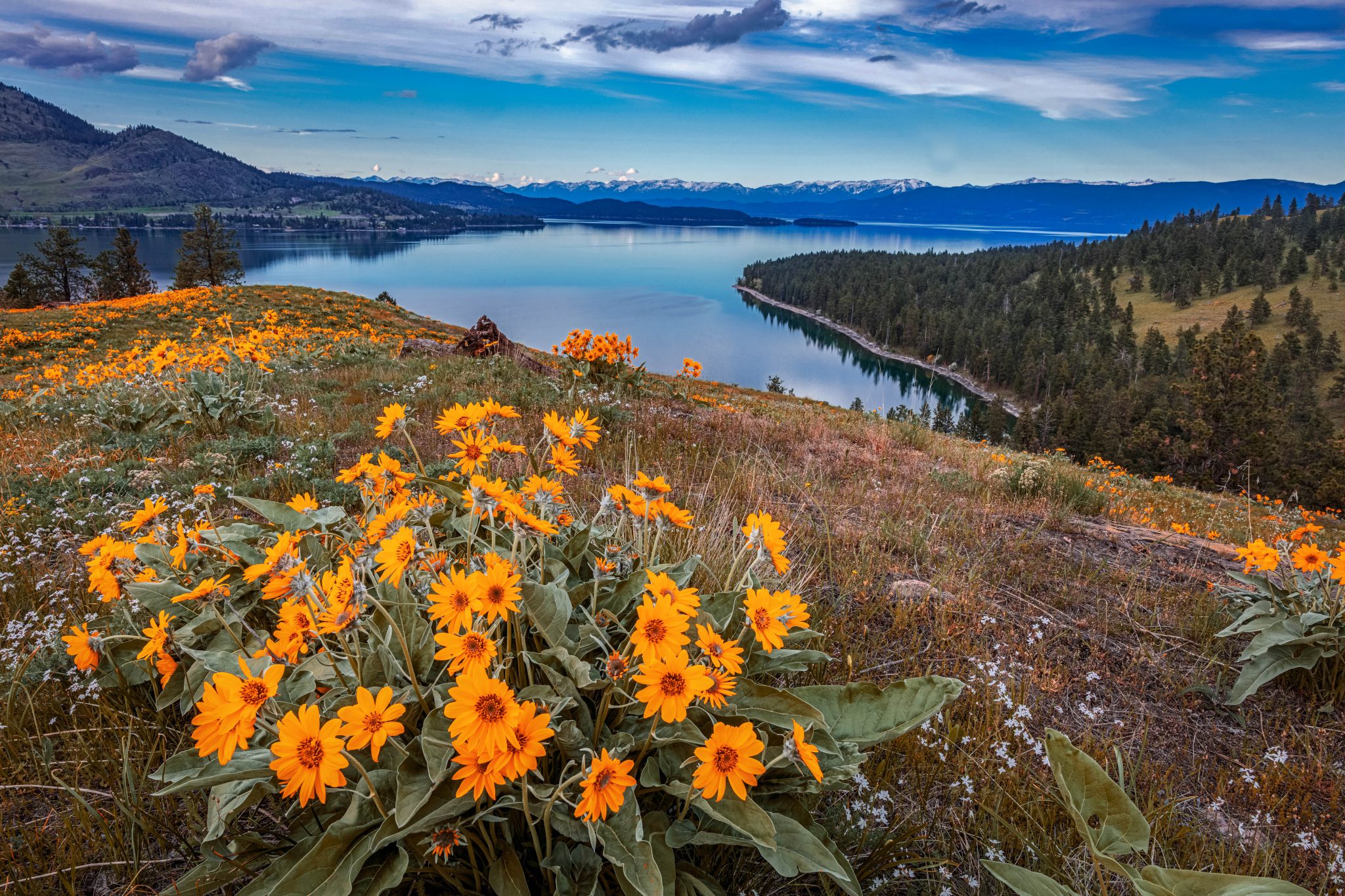
Located in western North America, it can be identified by its large basal leaves and yellow blooms. Balsamroot is a genus of plants in the sunflower family. The plant grows on dry hillsides and open meadows throughout the Mountain West of North America. The entire plant is edible and nutritious.
Native Americans harvested balsamroot into starchy flour when other foods were scarce. Also, Native Americans used the sticky sap of this plant as a topical antiseptic for minor wounds. The resin in the roots can support the immune system if you are experiencing a cold or the flu. Additionally, balsamroot begins to bloom in May and lasts through July.
BLACKBERRIES
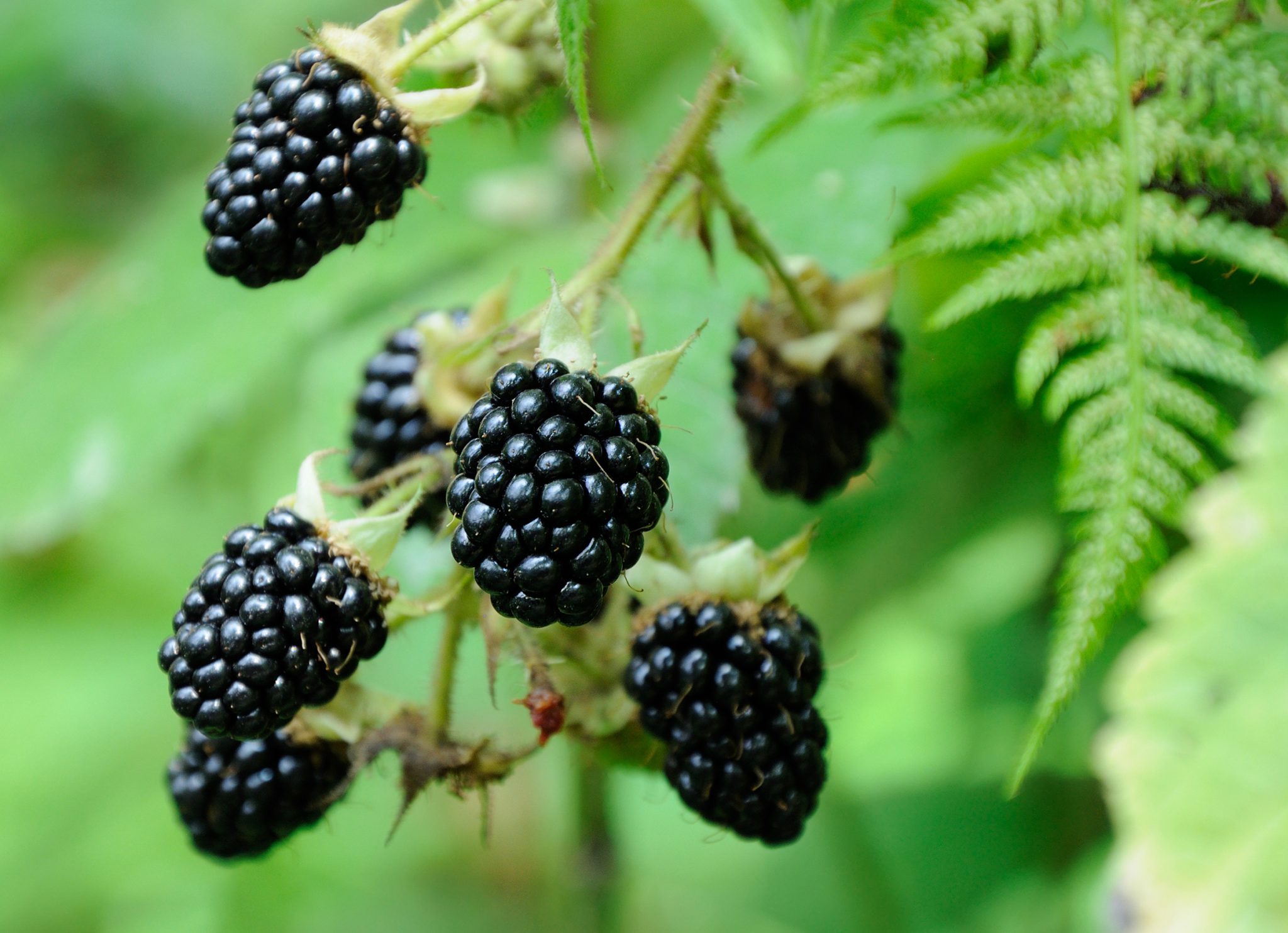
An edible fruit of the Rosaceae family found in northern temperate regions — the highest producing state of blackberries in the United States is Oregon. Blackberries can be found in woods, scrub, hillsides, hedgerows, and meadows; additionally, blooming usually peaks in the mid-summer months. When blooming, the berries start off green in color, then transition to red, and finally to black.
This thorny plant can grow between three to six meters tall, and in some cases, the plant can grow to nine meters. Blackberries can be eaten raw, as can the plant’s young leaves and ground shoots. Blackberries contain significant dietary fiber and vitamins (C and K). Native Americans have also been known to use stems to make rope.
BLUEBERRIES
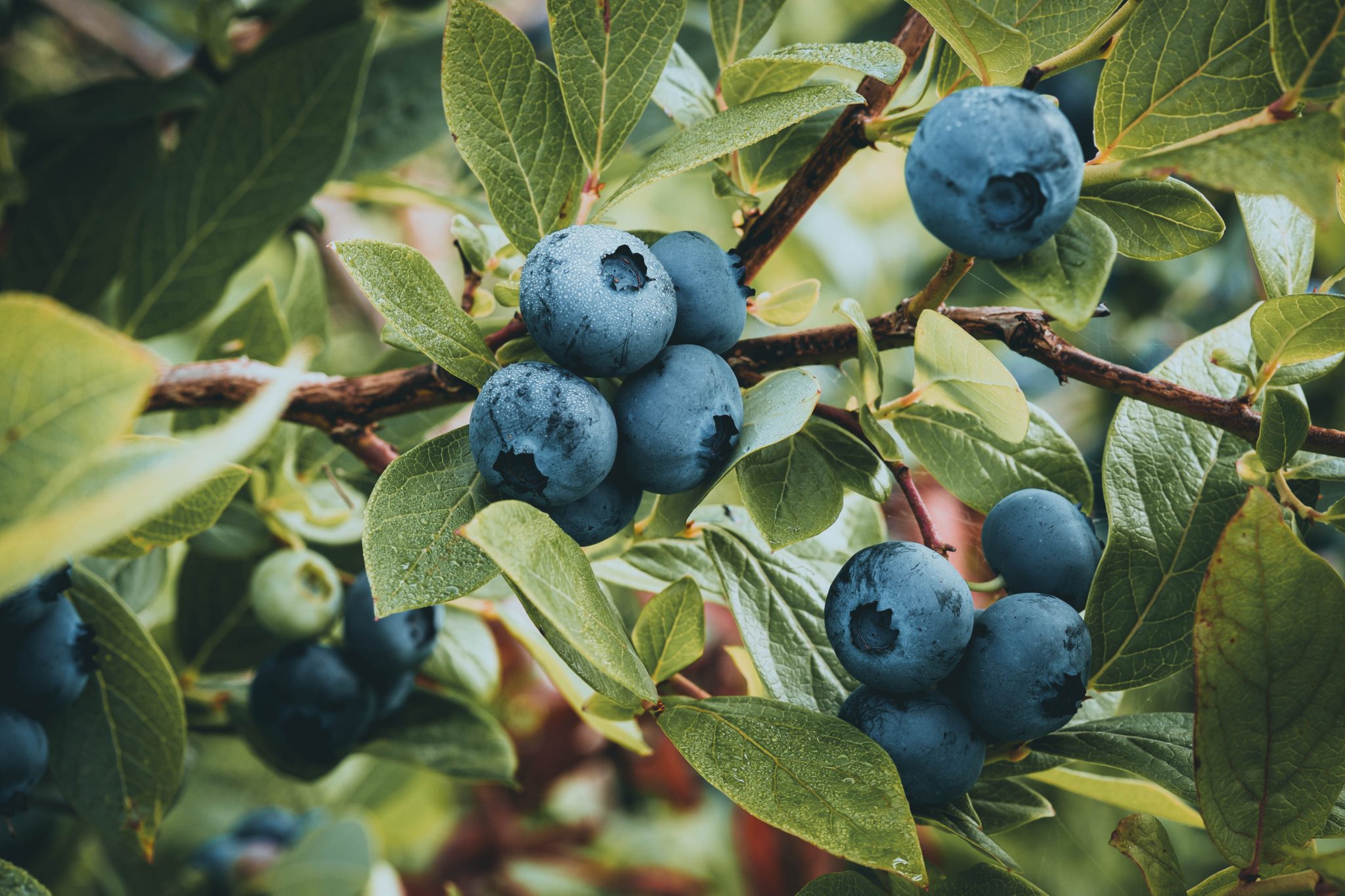
Perennial flowering plants with blue or purple berries, and they are predominant in North America. Blueberries usually grow in humid, northern climates that have winter chills. The berries are pale-greenish at first, then reddish-purple, and finally dark purple. Depending on climate, altitude, and latitude, harvest can vary from May to August in the Northern Hemisphere. Blueberries can be consumed raw, and they provide a good source of dietary fiber, vitamin C, and manganese.
RELATED – Survival Garden 108: Preserving Your Harvest
BURDOCK
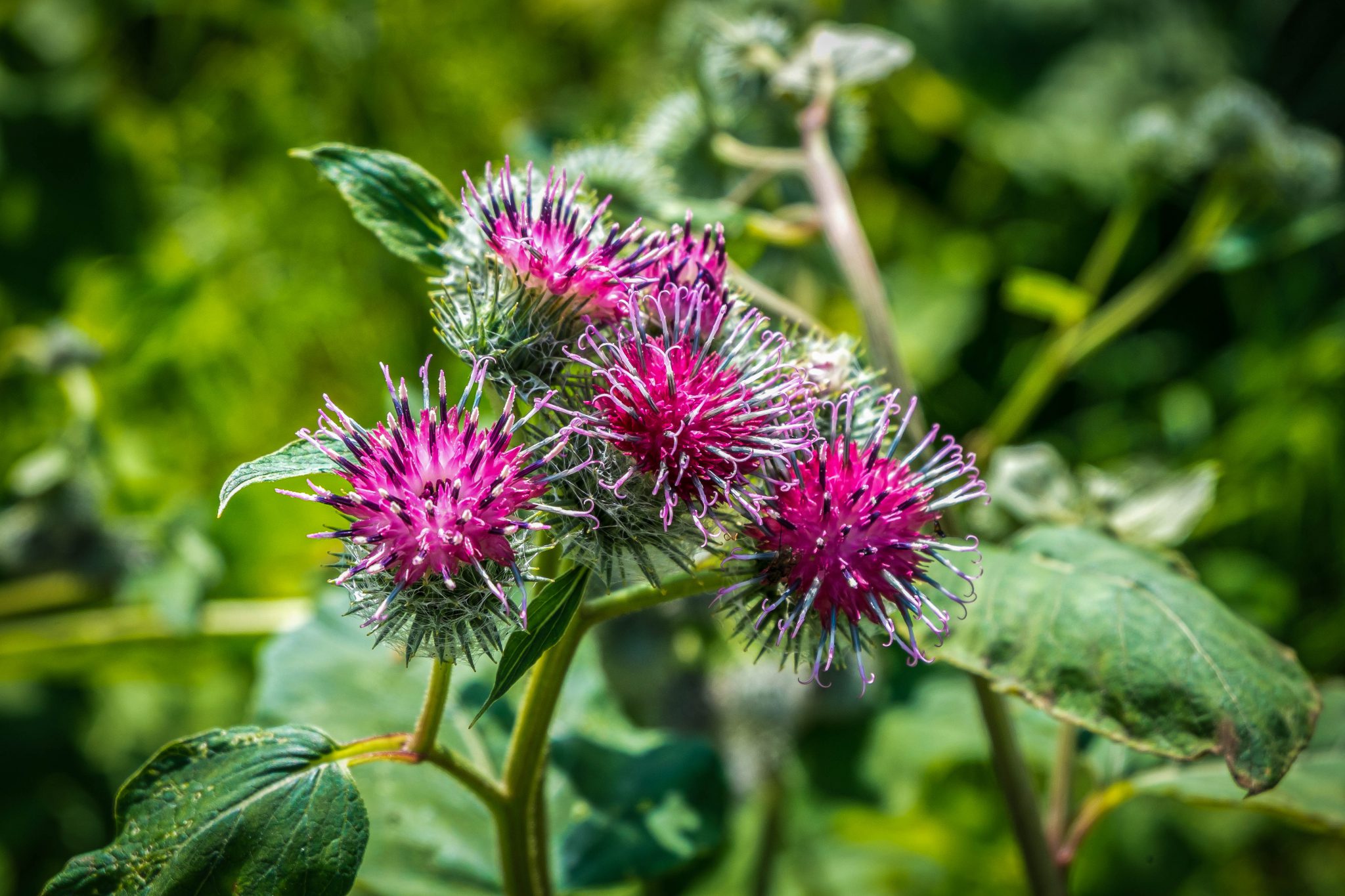
Found in most parts of the United States except for Florida and Hawaii. This plant is also native to Europe and Asia. Burdock can be identified by the purple flower that grows on the top of the plant’s burs. Also, burdock can be found growing along riverbanks, roadsides, and fields. Edible parts of the plant include the roots, stem, and leaves. It is recommended to boil first-season roots and second-season stems.
Stems should be peeled, and roots scrubbed prior to cooking to get rid of bitterness. Burdock consists of carbohydrates, volatile oils, plant sterols, and fatty oils. Also, burdock is known to have healing properties, including anti-inflammatory and anti-bacterial effects. In America, burdock leaves have been simmered in milk to counteract venom from rattlesnake bites.
CATTAILS
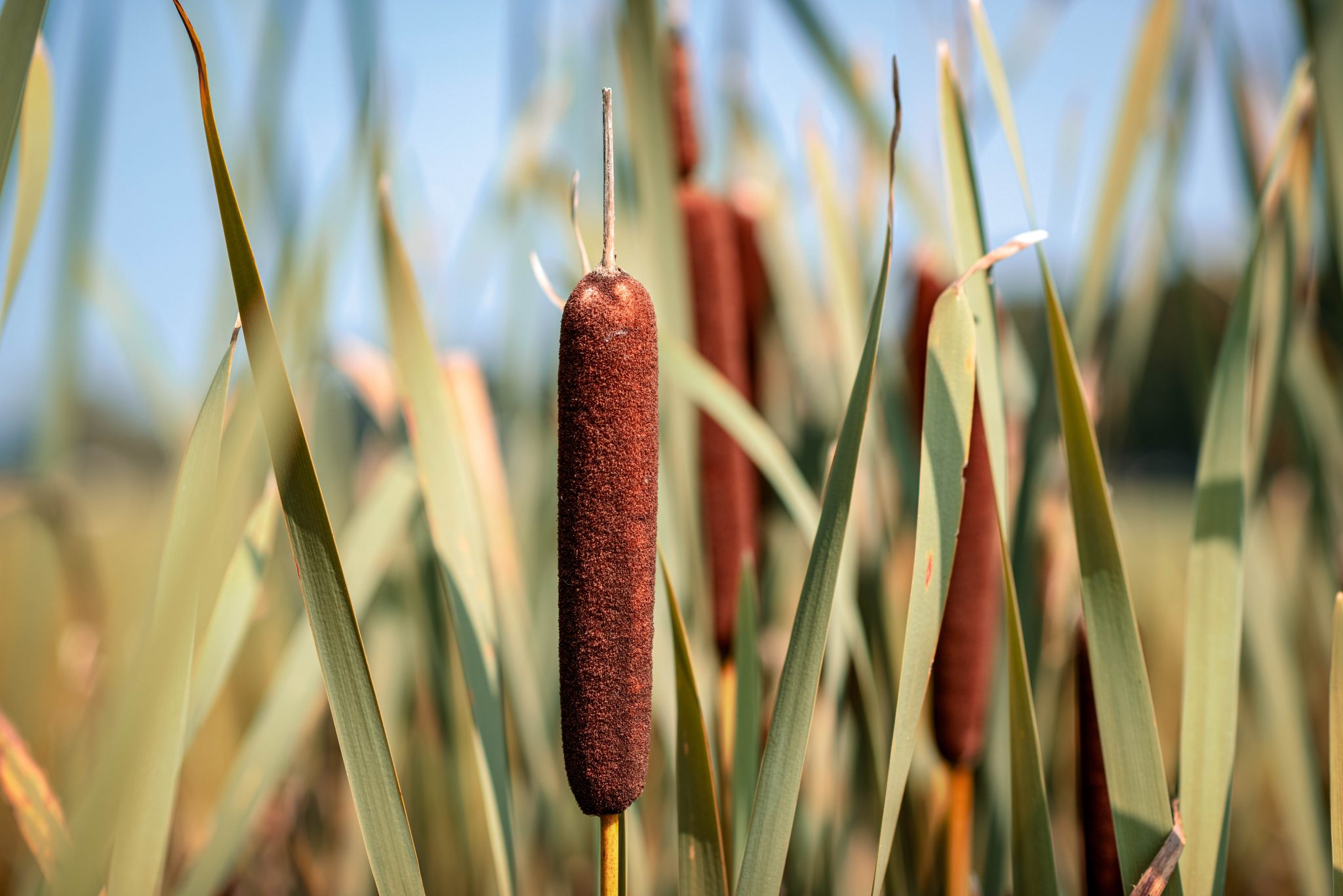
Largely distributed in the Northern Hemisphere and found in a variety of wetlands. Cattails are easy to identify: The flower looks like a brown cigar and the plant can grow up to nine feet tall. Yellow pollen may appear on the flower in the summertime. Eat the Weeds is a great website to increase your knowledge of plants: “It is said that if a lost person has found cattails, they have four of the five things they need to survive: water, food, shelter, and a source of fuel for heat — the dry old stalks. The one item missing is companionship.” Cattails are completely edible year-round, and they provide an abundance of carbohydrates, vitamin A, vitamin B, vitamin C, potassium, and phosphorus.
CHICKENWEED
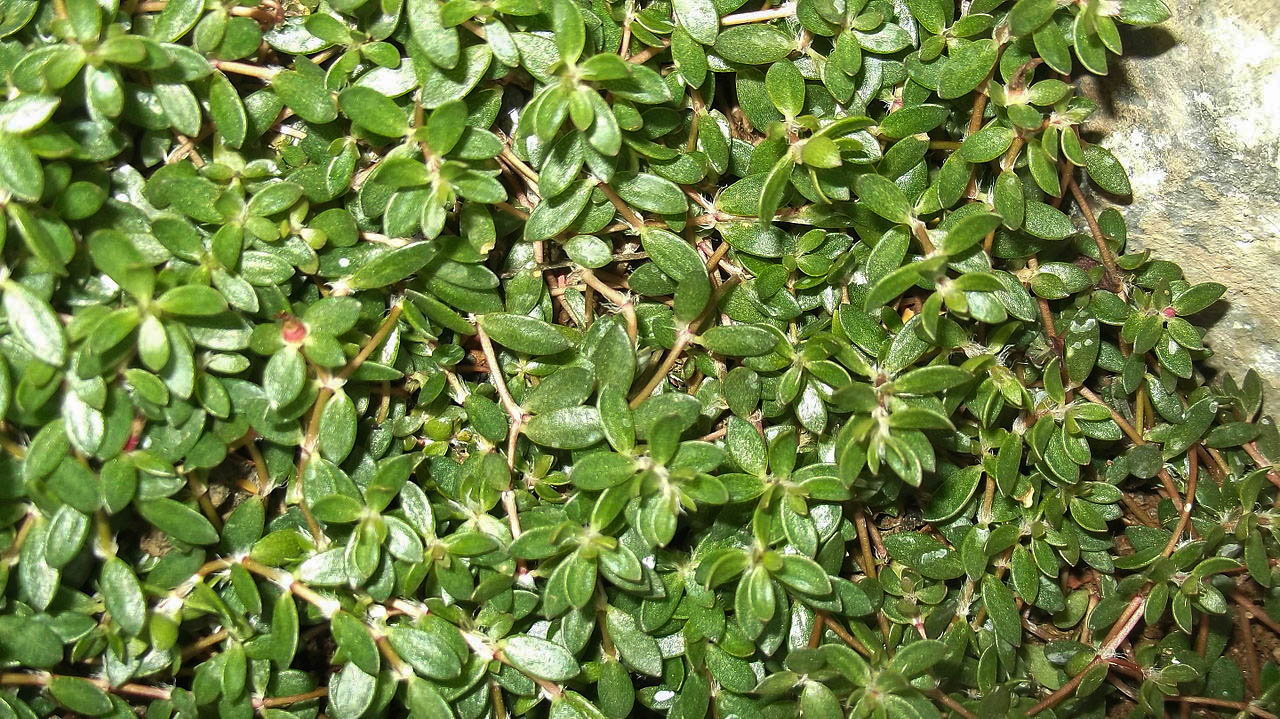
Native to Eurasia, and it has naturalized throughout the world. This plant is a low-growing weed that can be found in many areas. It is the most common weed found on lawns, but it also grows in fields, meadows, and forests. Chickenweed is sparsely hairy, with hairs in a line along the stem.
The leaves are oval and opposite — the lower leaves have stalks. Its flower is white and small with five petals; however, some plants have no petals. Chickenweed leaves and flowers can be eaten raw. Also, chickenweed was used by the Ainu for treating bruises and aching bones — stems were steeped in hot water before being applied to affected areas.
RELATED – Survival Garden 109: When to Harvest Your Crops
CHICORY
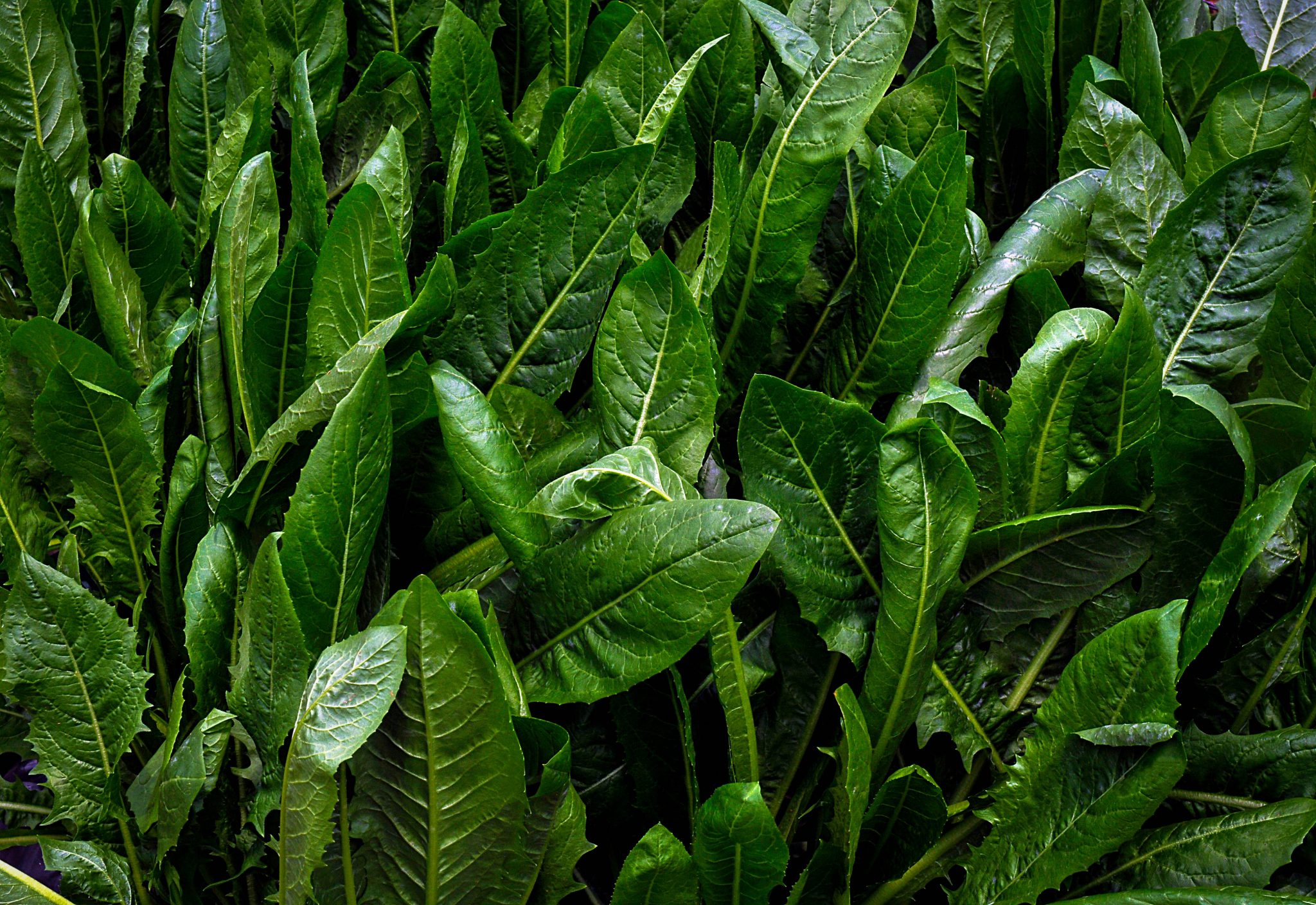
A somewhat woody plant of the dandelion family. This plant can be found along roadsides, and it is native to Europe. Now, Chicory is common in North America, China, and Australia, where it has become widely naturalized. When flowering, chicory has a tough, grooved, and more or less hairy stem (from 10 to 40 inches tall).
The leaves are stalked, long (wider in the middle and shaped like a lance tip), and unlobed. The chicory flower is usually light purple or lavender. The flower has also been described as being light blue, but rarely white or pink. You can find chicory growing from July to October, and the leaves, roots, and flowers are edible.
CLOVERS
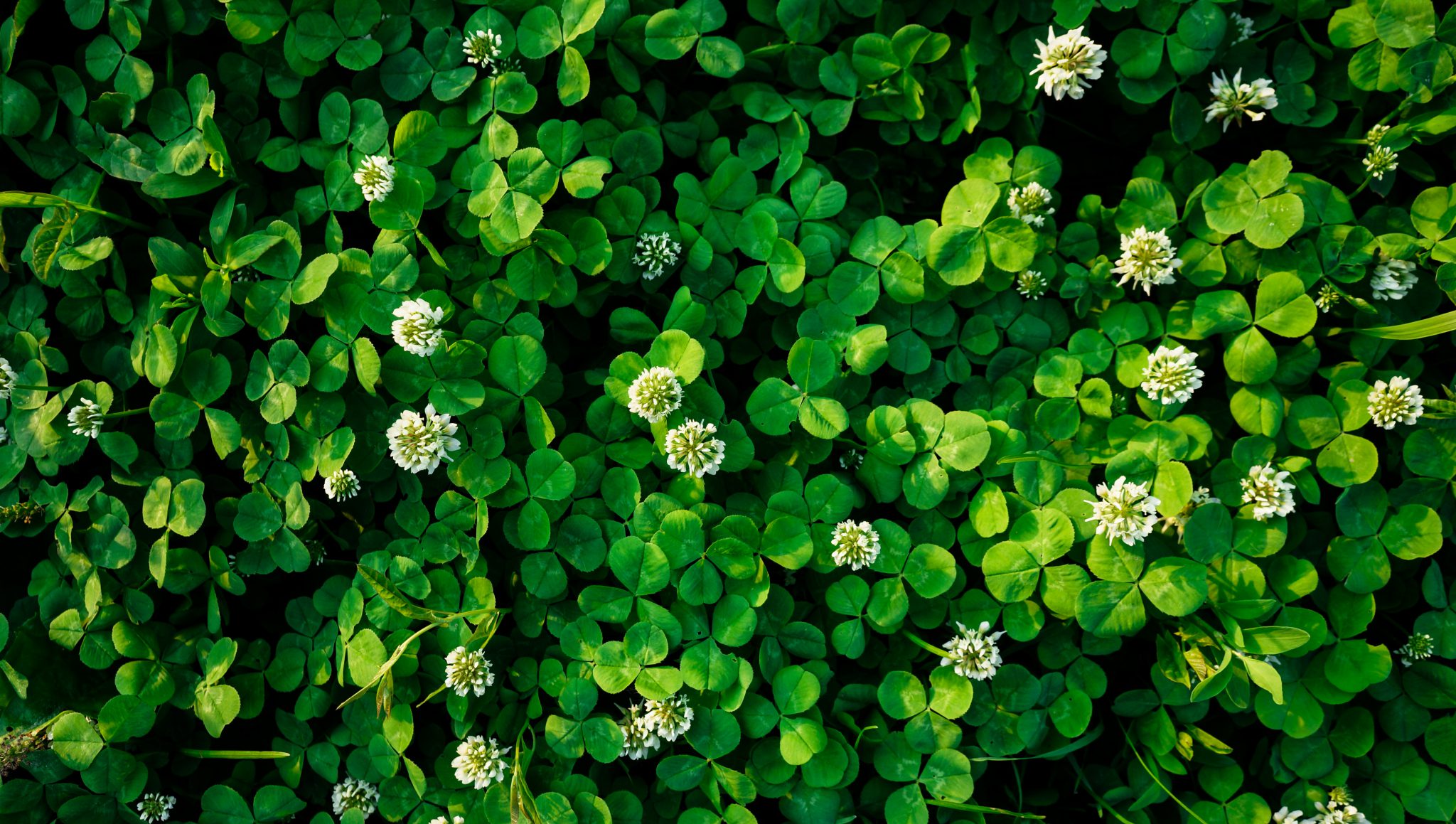
Clovers have a cosmopolitan distribution with the highest diversity in the temperate Northern Hemisphere; however, many species also grow in South America and Africa, as well as high altitudes on mountains in the Tropics. You can find clovers virtually anywhere in open grassy areas.
Clovers may be consumed raw; however, the taste increases if they are boiled. Additionally, clovers are high in protein and contain vitamins (A and C). However, you should not consume white clovers in warmer climates — these clovers may be poisonous. Always remember the Universal Edibility Test and apply it prior to consumption.
DANDELION
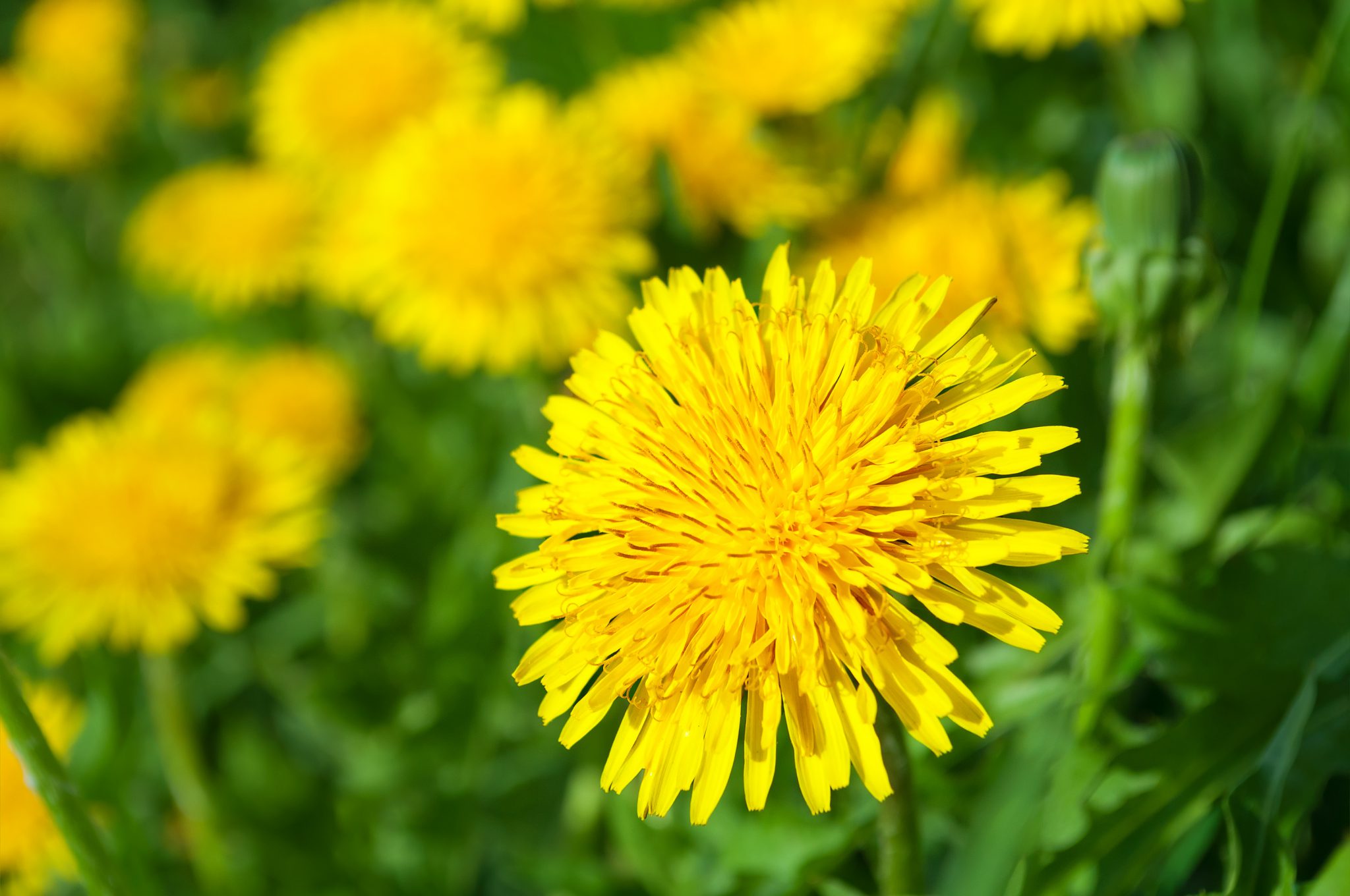
Thought to have evolved 30 million years ago in Eurasia. Also known as the lion’s tooth, dandelions can be found in woods, cultivated fields, rocky hillsides, and fertile gardens and lawns. Leaves are generally 2 to 10 inches or longer — they are simple, lobed, and form a basal rosette above the central taproot.
The flower heads are yellow to orange colored, and they are open in the daytime and closed at night. Edible parts of dandelions include the leaves, roots, and flowers. Raw dandelion greens contain high amounts of vitamins (A, C, and K), and they are moderate sources of calcium, potassium, iron, and manganese.
GOOSE GRASS (CLEAVERS)
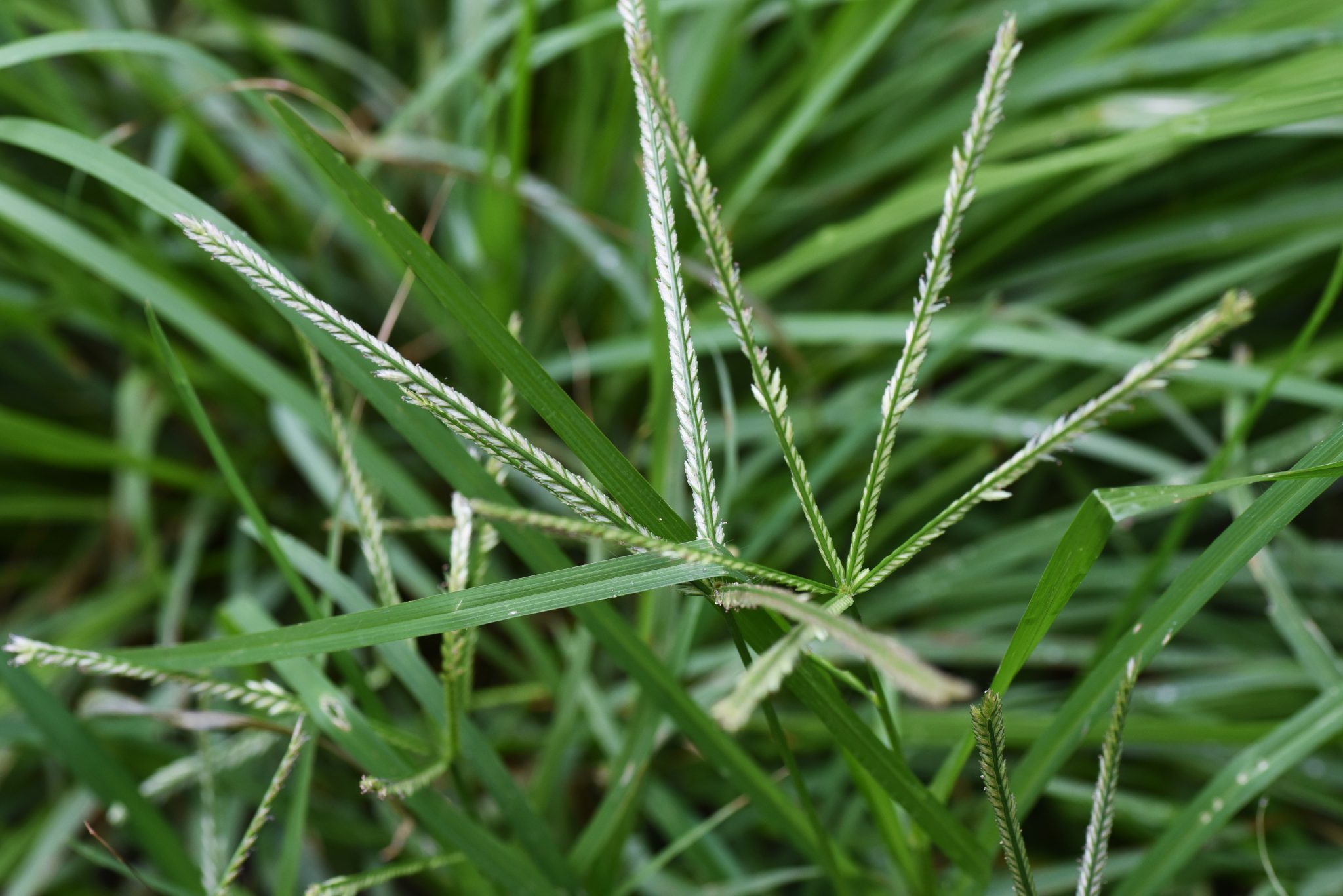
Native to a wide region in Europe, North Africa, and Asia — from Britain and the Canary Islands to Japan. It is now naturalized throughout most of the United States, Canada, Mexico, Central America, Australia, New Zealand, some Oceanic Islands, and scattered locations in Africa.
Cleavers have creeping, staggering, stems that branch and grow alongside other plants. They attach themselves like Velcro, due to small, hooked hairs that grow out of the stems and leaves. Goosegrass can be eaten raw, and they emerge from early spring to summer. Bandages and washes made from cleavers were traditionally used to treat a variety of skin ailments, light wounds, and burns.
RELATED – Incredibly Dumb Moments in Survival Movies
HORSEWEED
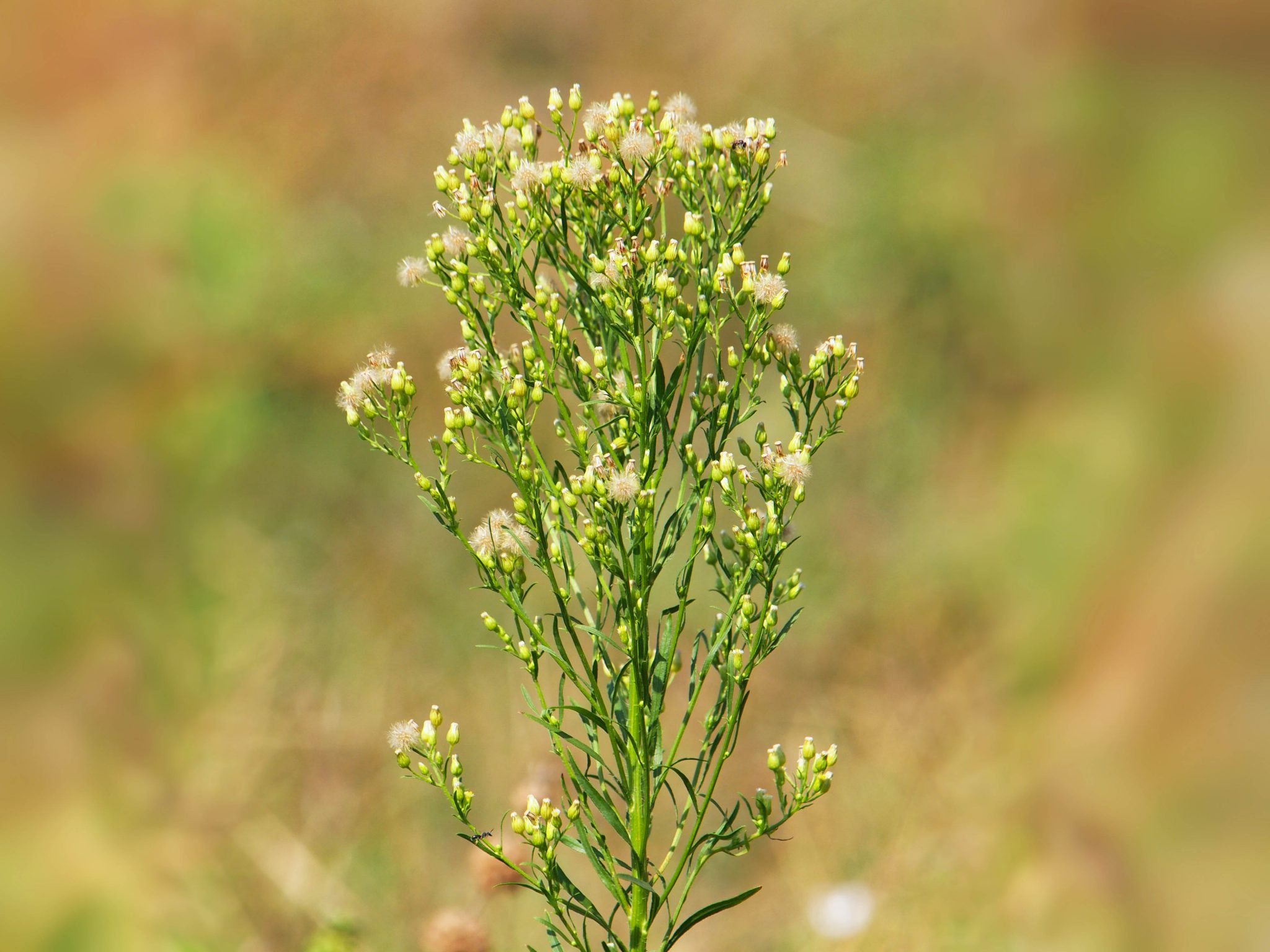
An annual plant native throughout most of North America and Central America. It is also widely naturalized in Australia and New Zealand. Horseweed can grow to 60 inches tall, with sparsely hairy stems. The leaves are unstalked, slender (2 to 10 centimeters long and up to 1 centimeter across), and have a coarsely toothed margin. Native Americans used a preparation of the plant’s leaves to treat sore throat and dysentery.
Also, the plant has numerous flower heads that form clusters. This plant prefers full sunlight and can be found in fields, pastures, and roadsides. Edible parts of horseweed include young leaves and seedlings. The leaves are a good source of calcium, potassium, and protein.
JUNIPER
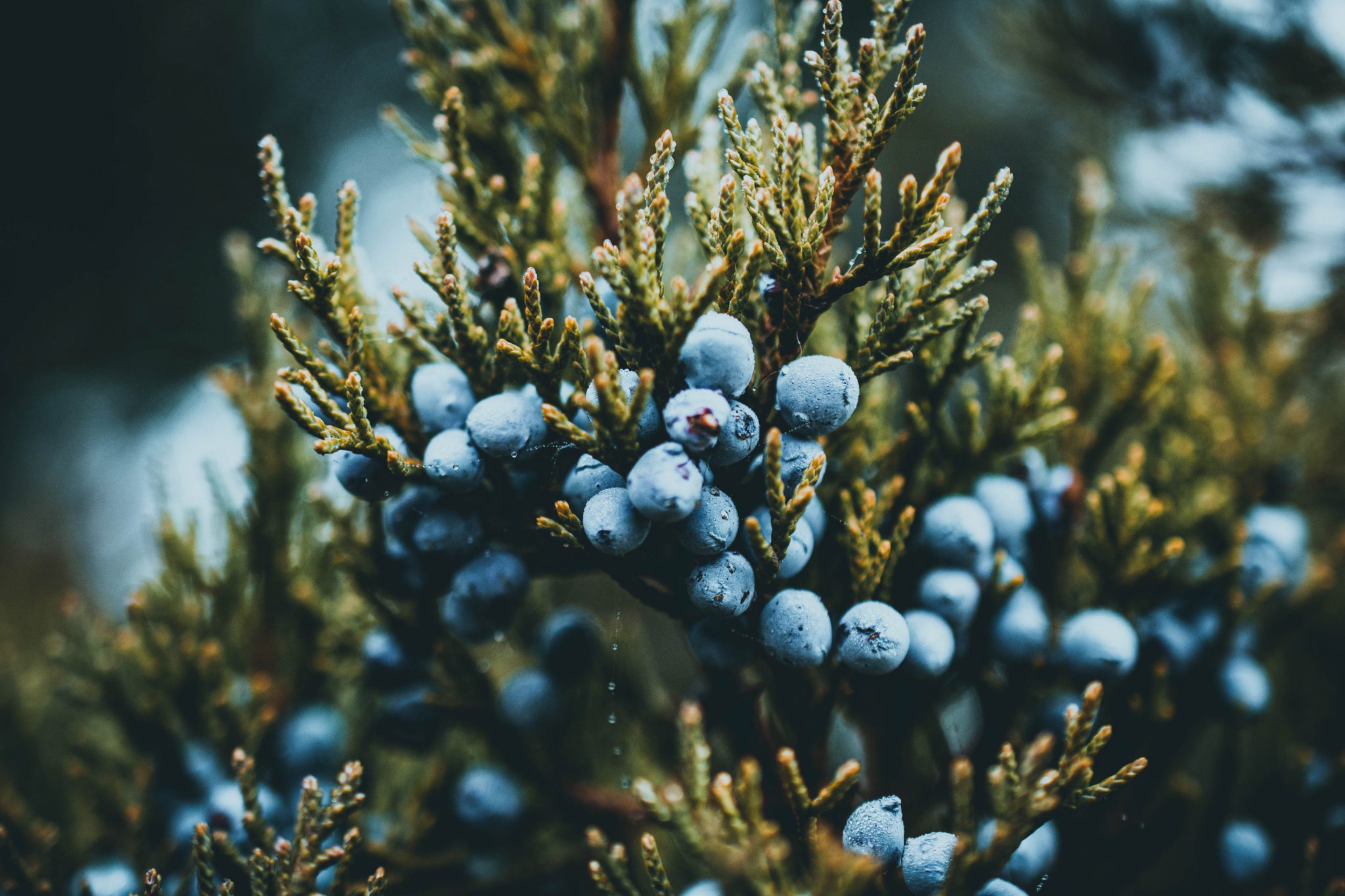
A type of tree/shrub of the cypress family. Juniper grows in dry to damp coniferous mixed forests. There are 13 juniper species native to North America, and 11 of those species are tree-like. Juniper can be found at sea level, expanding to elevations over 10,000 feet. It typically grows in dry, rocky environments and on mountainsides.
Juniper can vary in size and shape — from tall trees (66 to 131 feet) to columnar or low-spreading shrubs with long trailing branches. They are evergreen with needle-like or scale-like leaves. Juniper ash has been historically consumed as a source of calcium by the Navajo.
MESQUITE
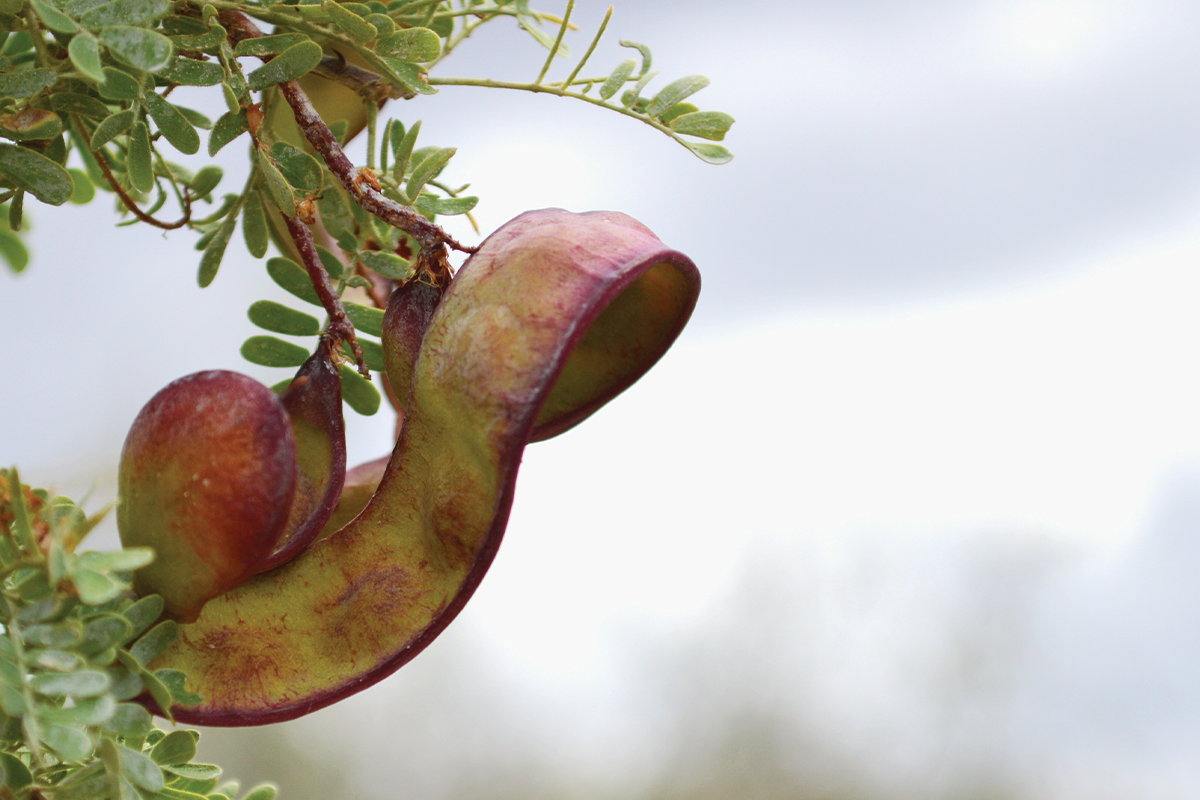
Native to the southwestern United States and Mexico. This tree blooms from spring to summer, and it often produces fruits known as pods. These bean pods can grow between two and six inches long. Mesquite trees have also been known to survive in conditions with low light, as well as in areas where drought may occur.
Reddish-orange sap can be found on mesquite trees during the summer months. Historically, this sap was used on burns and cuts to speed up the healing process. Once the bean pods acquire a yellowish color, they have matured, and the beans can be boiled for consumption.
RELATED – Laura Zerra – Survivalist and Social Media Influencer – is not Afraid
MINER’S LETTUCE
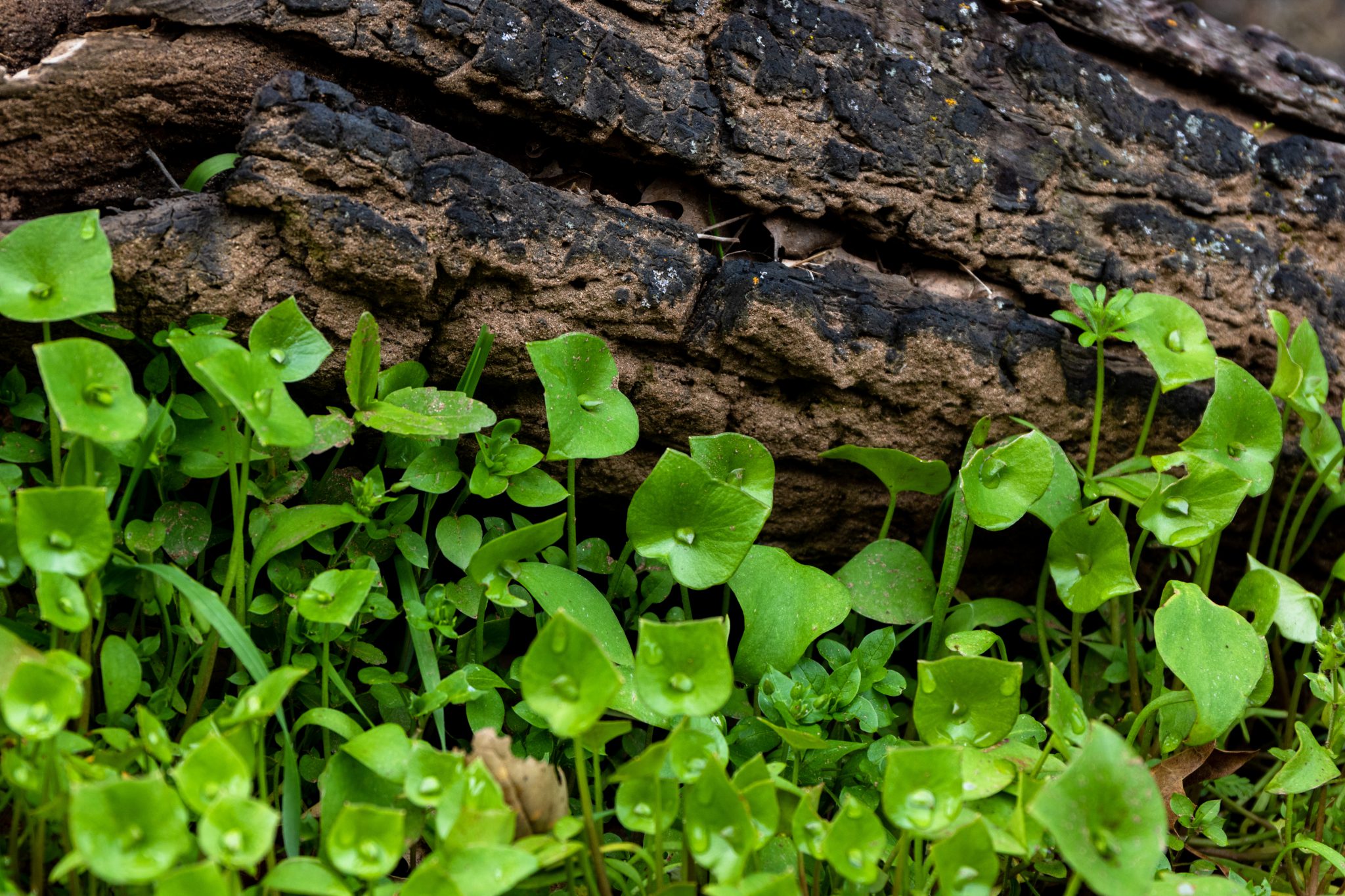
A flowering, fleshy, annual plant native to the western mountains and coastal regions of North America — from southernmost Alaska and British Columbia to Central America. However, it is most common in California.
Miner’s lettuce is a tender rosette-forming plant that can grow to a maximum of 16 inches and a minimum of one centimeter. Miner’s lettuce also produces a small, five-petal, pink or white flower and bright green round leaves. You can find miner’s lettuce in shady and damp environments, and it is in season from April to May.
The common name of miner’s lettuce refers to how the plant was used during the California Gold Rush to prevent scurvy. It provides nutrients, including vitamins A and C and iron. Edible parts of the plant include the leaves, flowers, and roots. However, older leaves should be boiled.
PINE
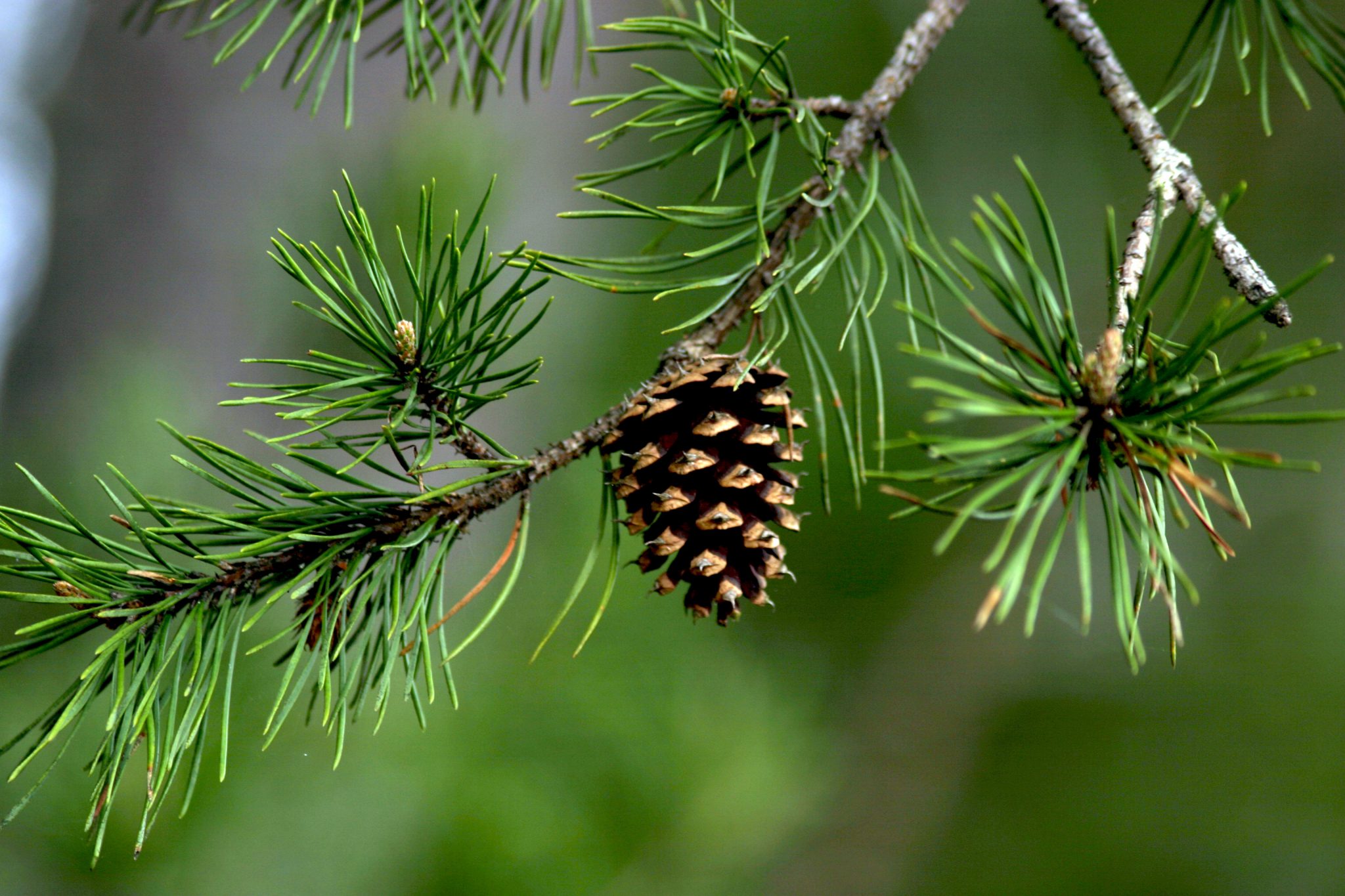
Native to the Northern Hemisphere and in a few parts of the Tropics in the Southern Hemisphere. Pines can be found in a large variety of environments, ranging from semi-arid deserts to rainforests. They often grow in mountainous environments up to 17,000 feet in elevation; however, they can also grow at sea level.
Pinecones produce an average of two pine nuts (seeds) and are located within the cone. Once the outer brown shell is removed from the pine nut, it becomes ivory colored and about half an inch long. To remove the nut(s) from the pinecone, simply tap the pinecone on a solid surface. Once the seed has been freed from the cone, you can de-shell it by applying pressure with your fingers and rolling it around until you feel the shell crack.
Make sure you observe the pine nut prior to eating. You want to look for holes. If there are holes, this means an insect already got to it, and you should discard it. Also, the soft-white inner bark from a pine tree may be eaten raw (caution: never eat the outside bark). This inner bark is a great source of vitamins A and C.
PRICKLY PEAR CACTUS
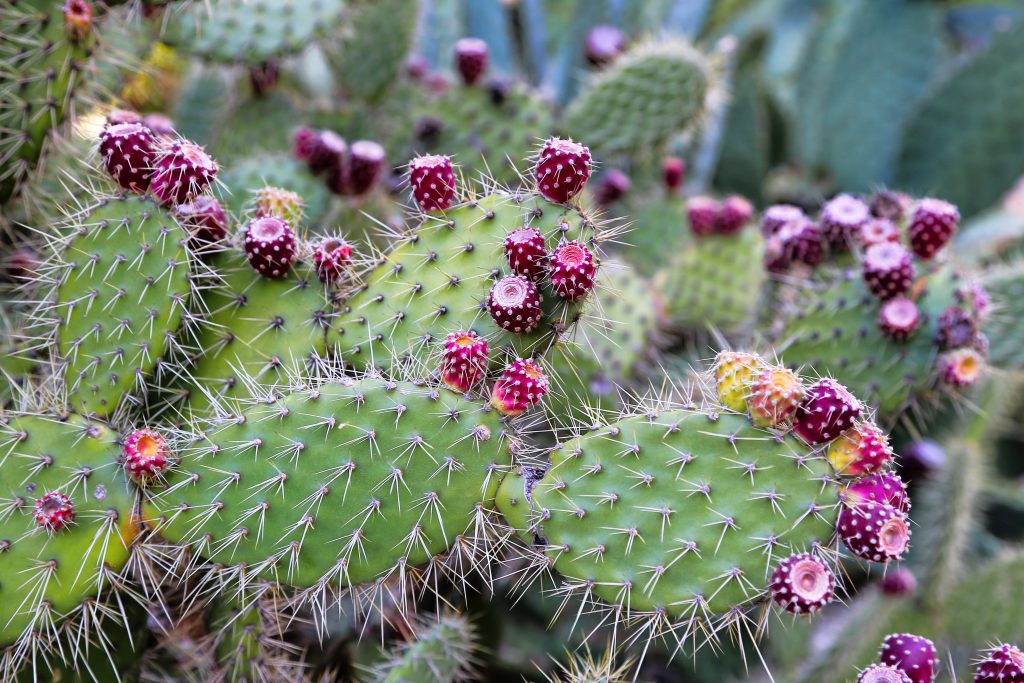
Native only to the Americas, like most true cacti. In the United States, prickly pears are native to many areas of the arid, semi-arid, and drought-prone western and southcentral United States. This area includes the lower elevations of the Rocky Mountains, the Southwest Desert, as well as sandy coastal beach scrub environments of the East Coast.
Prickly pears produce a fruit known as tuna (pulp), and this fruit can appear red, green, or yellowish-orange. Prior to modern medicine, Native Americans and Mexicans used prickly pears as a coagulant for open wounds. The flower (tuna) blooms from April to June.
Edible parts include its fruit and pads; however, extreme caution should be used to remove spikes and bristles. Be sure to use gloves, a knife, and/or tongs to remove the flower or petal. Be sure to scrape off the spikes and bristles with a knife underwater. Another technique you can use to remove the spikes and bristles is to burn them off.
RELATED – Understanding Blades: The Survival Knife
PURSLANE
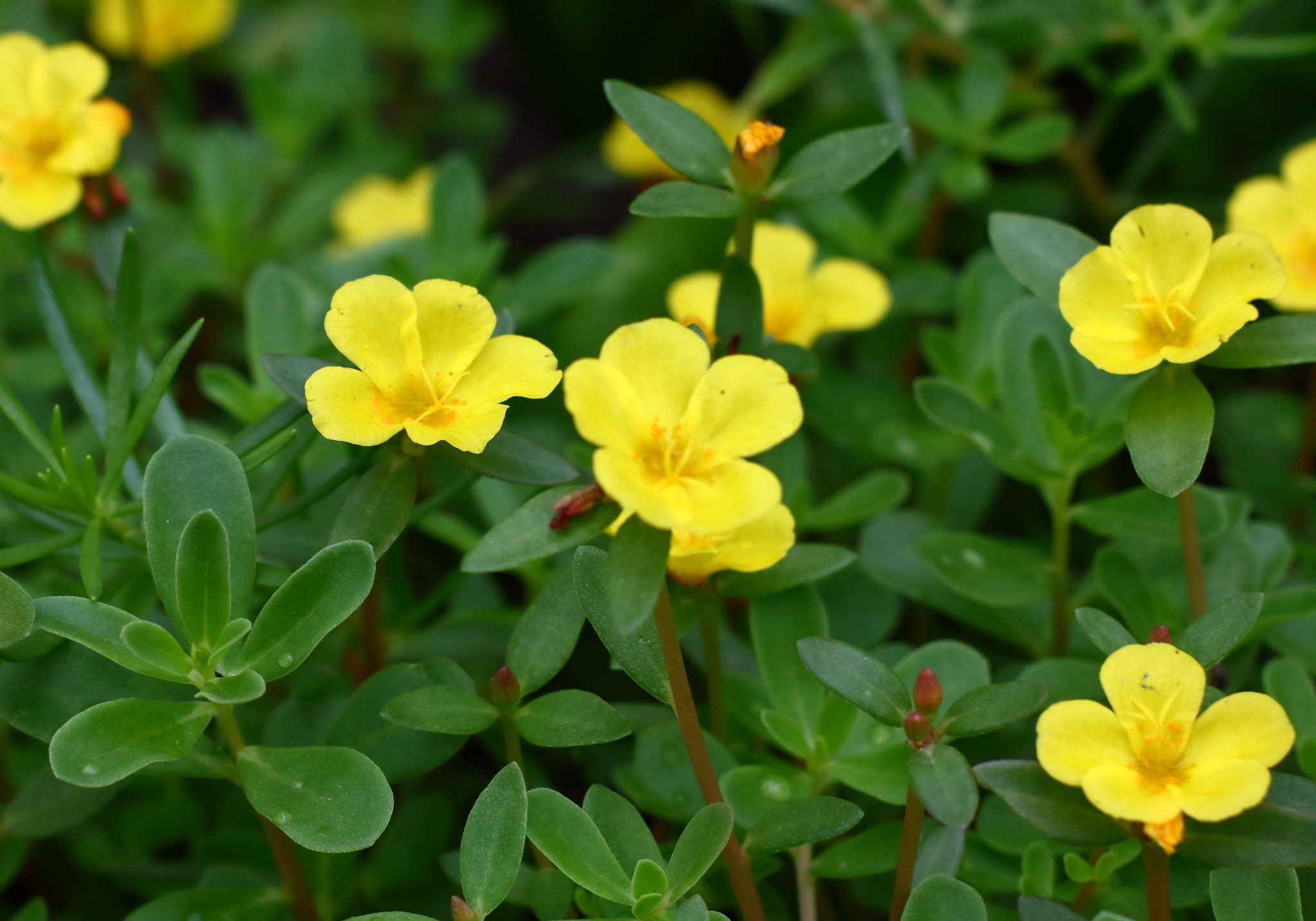
Also known as duckweed and little hogweed, has an extensive distribution — ranging from North Africa and Southern Europe, through the Middle East, and Malaysia to Australia and New Zealand. Purslane is also abundant in North America and Hawaii. This plant has smooth, reddish, mostly prostrate stems, which may be alternate or opposite and are clustered at stem joints and ends.
The yellow flower has five petals, and depending on rain, this plant can be around all year long Purslane usually grows in disturbed areas, so be sure the area you are foraging has no toxins. Stems, leaves, and the flower pod of purslane are edible and offer a great source of vitamin C and potassium.
SASSAFRAS
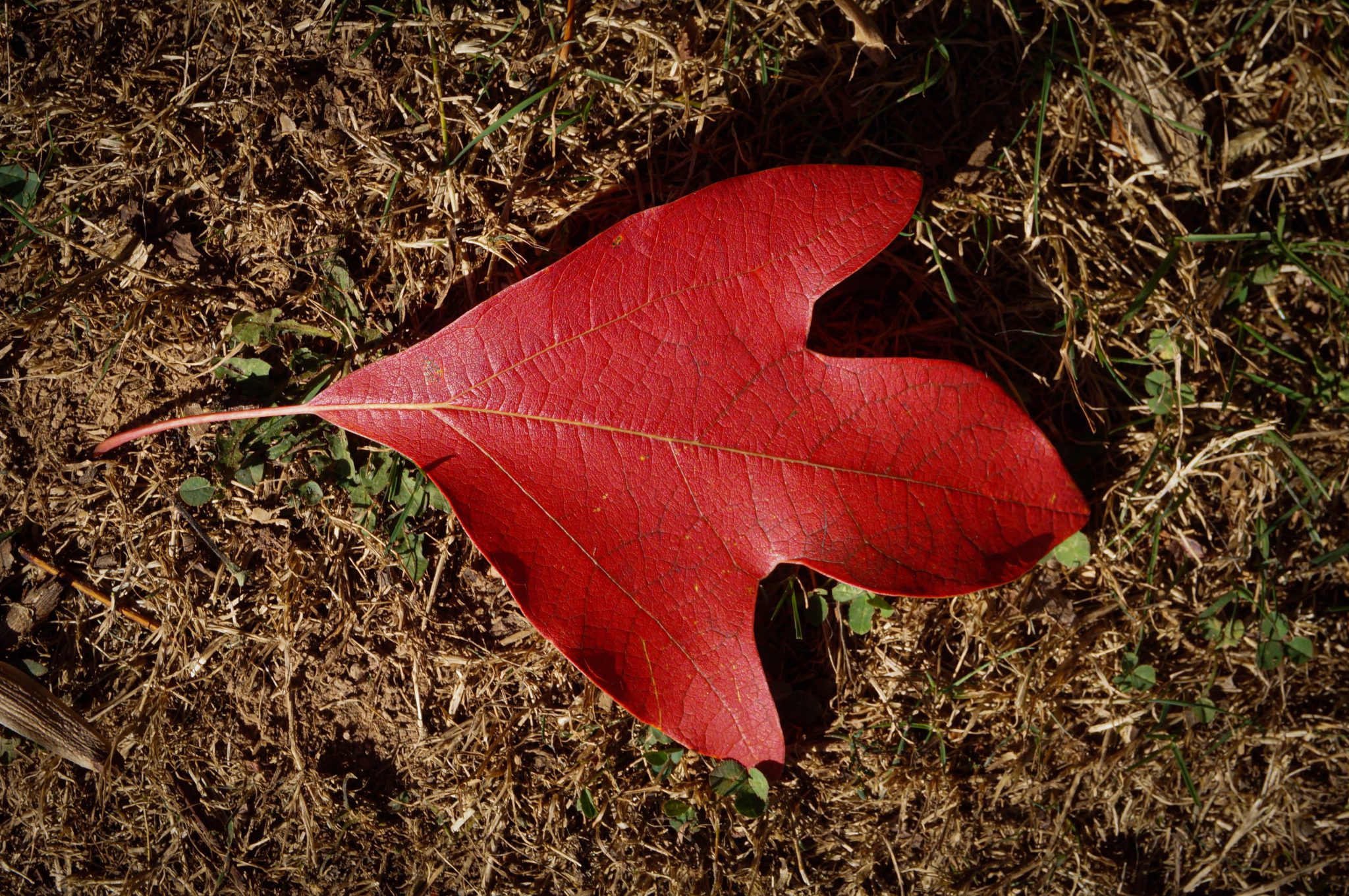
A member of the laurel family and native to eastern North America and eastern Asia. It is commonly found along roadsides, fence lines, in open woods, or in fields. Sassafras grows well in the damp, well-drained, fertile soil of sand and clay. Sassafras trees can grow from 30 to 115 feet tall with many slender sympodial branches This type of growth is a type of bifurcating branching pattern, where one branch grows more strongly than the other.
The strongest branch is attached to the tree and becomes progressively weaker as a new branch forms off the previously stronger branch. The bark on sassafras trees appears as an orangish-brown or yellow color. Also, sassafras trees have three distinct leaf patterns, all on the same tree: unlobed oval, bilobed (mitten-shaped), and trilobed (three-pronged).
WARNING: Sassafras does contain safrole and, in large consumptions, can lead to poisoning. With this in mind, be sure to moderate consumption in any situation. The twigs and leaves of sassafras can be eaten raw.
WOOD SORREL

A vast presence all around the world, including North America. Additionally, it can be found on forest floors that have damp soil and moderate shade. If cleavers are present, it is a good indicator that wood sorrel is close by. The leaves of wood sorrel closely resemble that of clovers, with three heart-shaped leaves coming from a center crease.
Wood sorrel blooms between March and October and produces a yellow, five-petal, flower that blooms from May to October. Through moderate consumption, wood sorrel’s leaves, flowers, tubers, and seeds can be eaten raw.
WARNING: Wood sorrel contains oxalic acid, which in large amounts, can become slightly toxic and may interfere with proper digestion and kidney function.
RELATED – Survival Movies: 10 of the Best Ever Made
Bug Out Plan and Technology
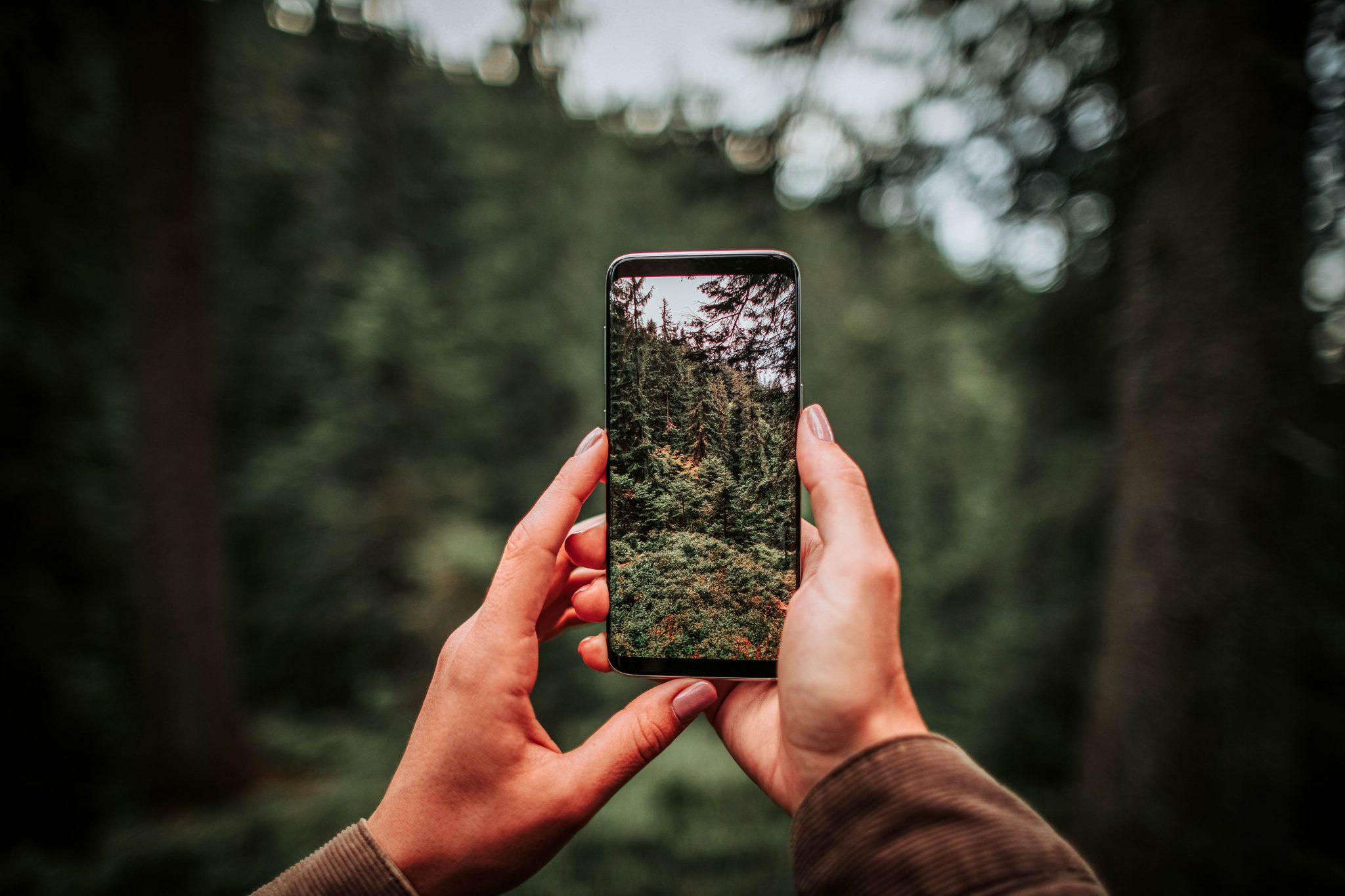
Something you can consider when choosing a bug-out location is the wild edible plants in and around the area. This can be conducted through a ground recon (preferred) or through research. Also, if you find a bug-out position, you can cultivate it with edible plants prior to you’re going there so you can have a food supply ready.
There are great software applications you can download on your phone that enable you to you take a picture of a plant and then get valuable information about it. This is a great tool you can use when beginning to identify wild edible plants, as well as build your overall confidence on the topic. It is important to take a crawl, walk, run approach when it comes to plant identification and consumption.
Research from the internet and books of edible plants in your area is the crawl. Getting out in nature and positively identifying the plants is the walk. And using the Universal Edibility Test and consuming wild edible plants is the run. Take your time in building your knowledge regarding this topic, you will absolutely thank yourself if faced with a survival situation down the road!
*Remember: The critical factor in using plants for food is to avoid accidental poisoning. Eat only those plants you can positively identify, and you know are safe to eat.
This content was first posted by Fieldcraft Survival in December 2021.
READ NEXT – How to Eat Everything: A Guide to Edible Flowers

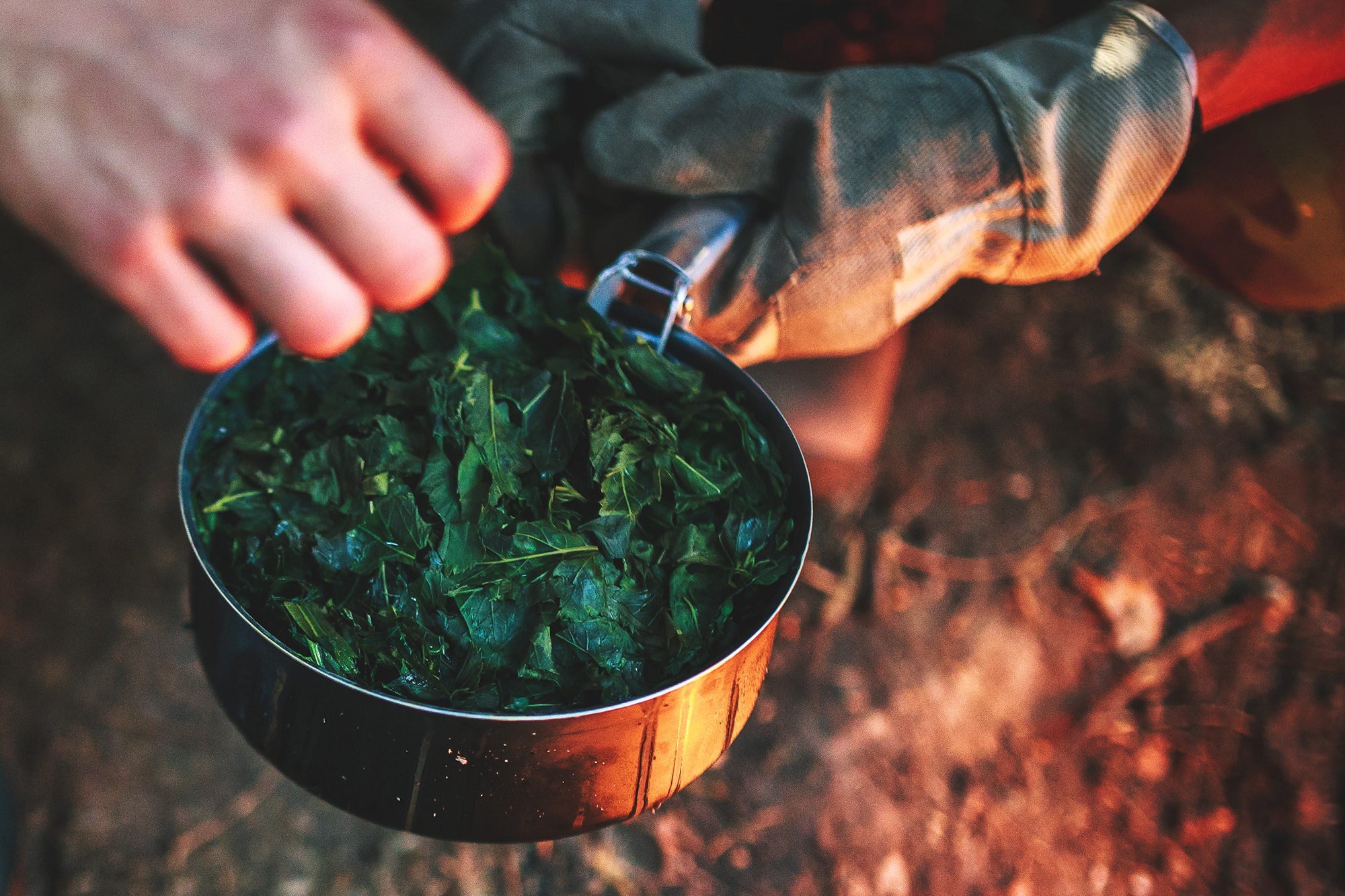






Comments